I have recently paid two short visits to the Caucasus, the first to Georgia, in the south Caucasus, between 21 and 28 March and the second to the north and west Caucasus Republics of Kabardino-Balkaria, North Ossetia, Ingushetia and Abkhazia, between 29 March and 6 April. Many of the snowdrops I had gone to see had already finished flowering but the woods and mountains were full of other spring flowers. Thanks to Dima Zubov, Olga Bondareva and Ruslan Mihustin for correcting some of my tentative identifications. I am to field botanists as Fawlty Towers’ Basil was to hoteliers.
Scilla siberica (or S. caucasica, if you prefer – Dima Zubov tells me that this name is no longer considered valid) is not quite ubiquitous in mid-montane forest in the Caucasus, but is so frequently present that, after a while, one’s brain starts to filter it out. But it is a lovely thing, especially when seen in large drifts.
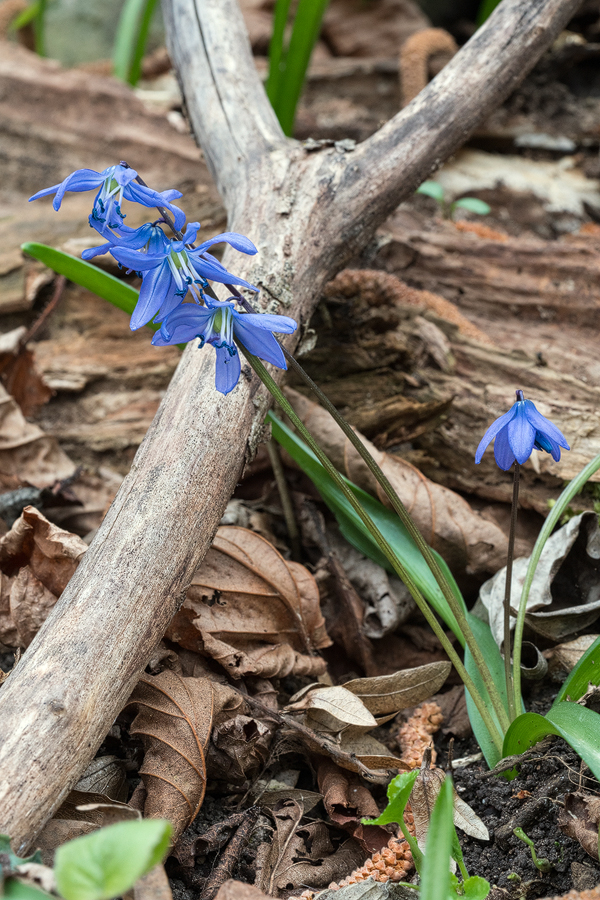
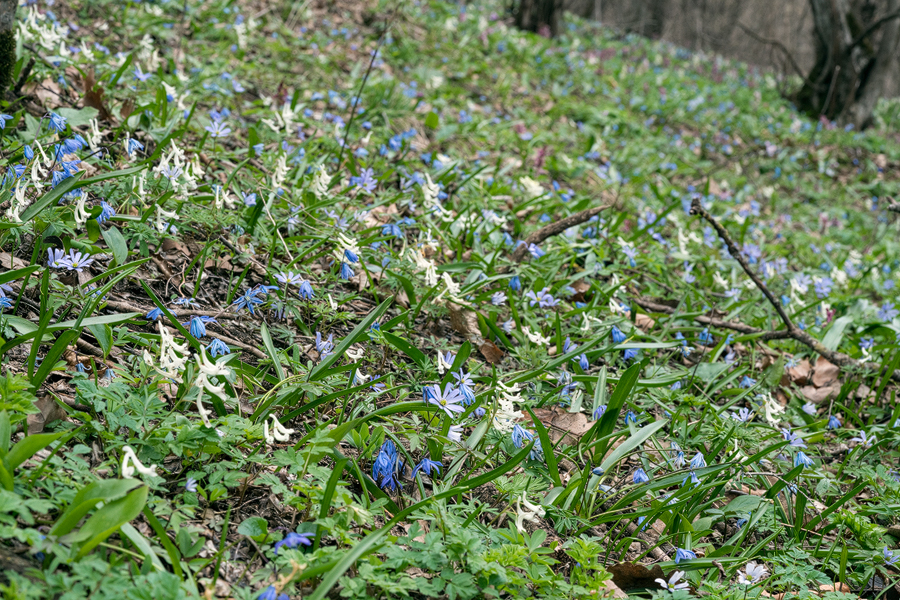
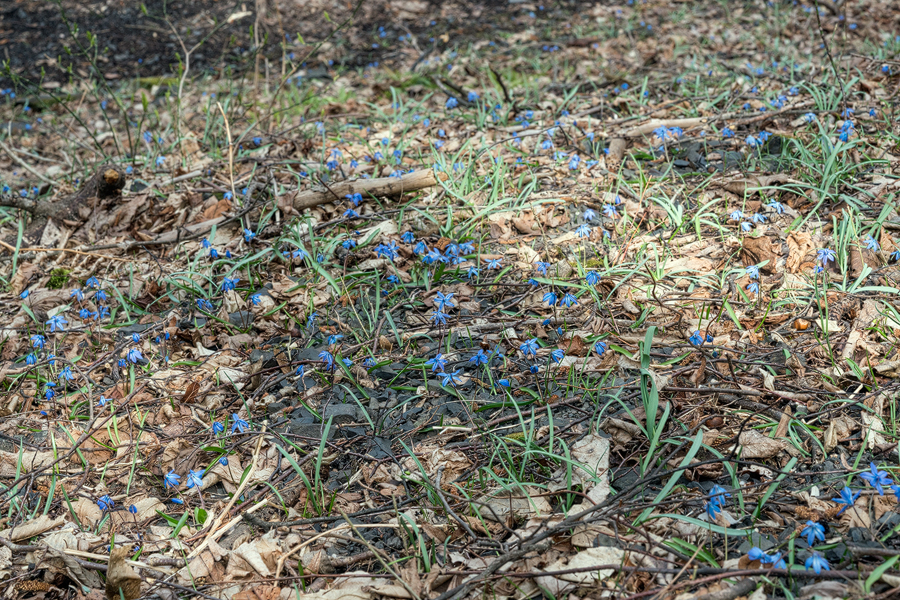
Equally widespread, and flowering virtually wherever I went, was Thlapsi macrophyllum, better known under its synonym Pachyphragma macrophylla.
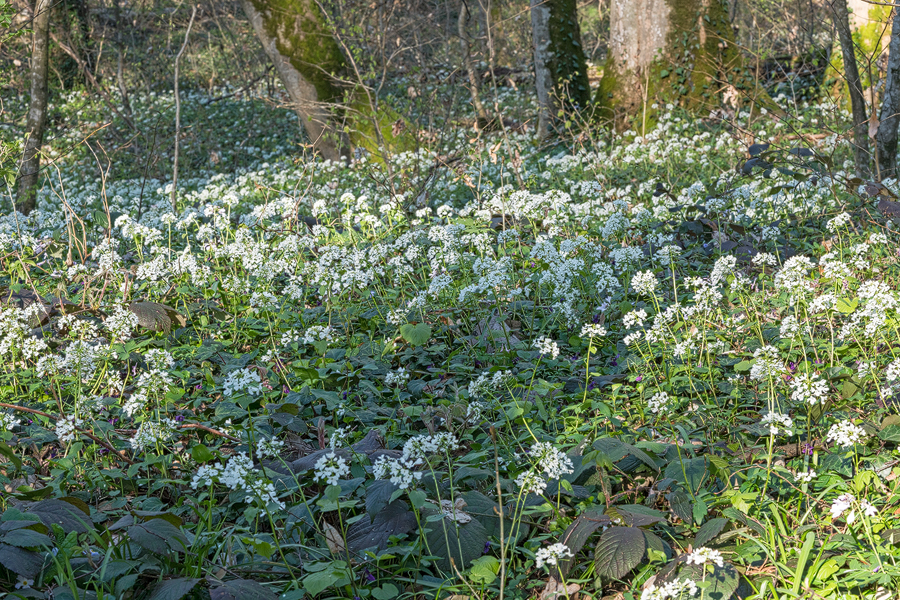
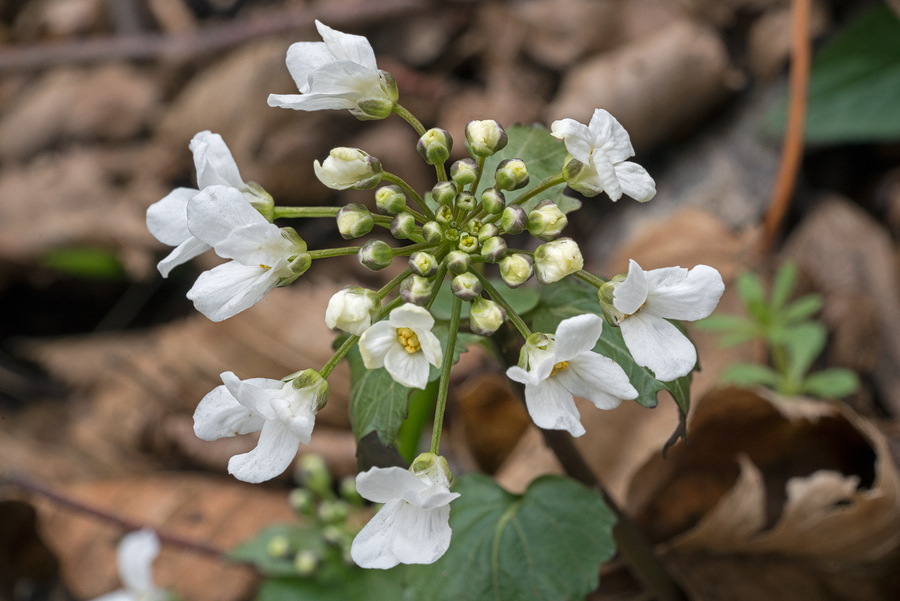
Primula vulgaris occurs over a vast range from the shores of the North Atlantic, to North-West Africa to eastern Turkey and the Caucasus. It is, unsurprisingly, very variable.
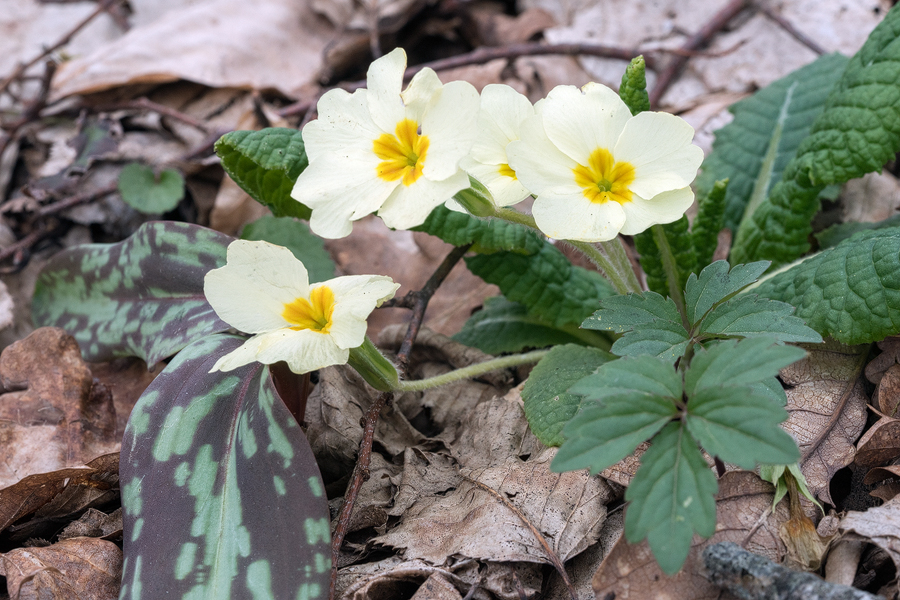
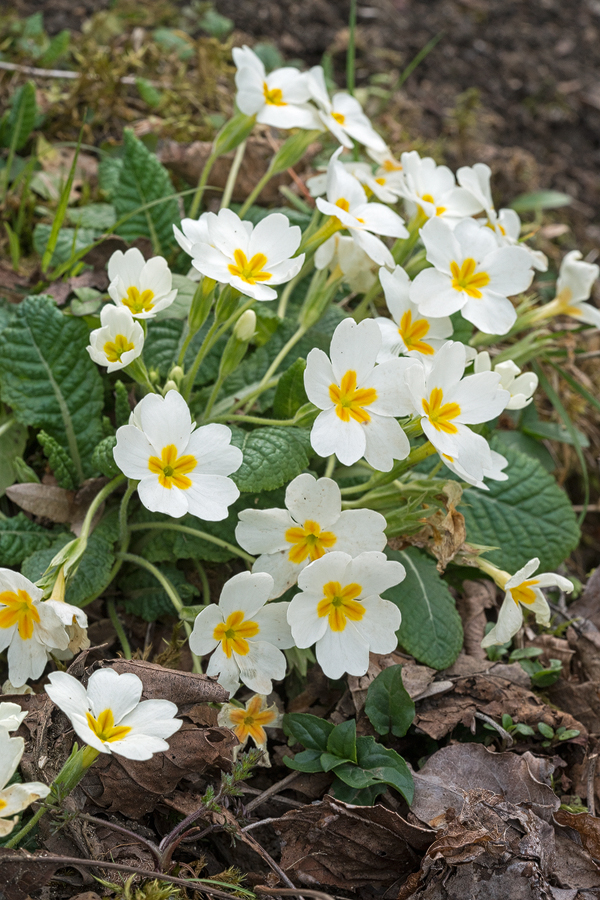
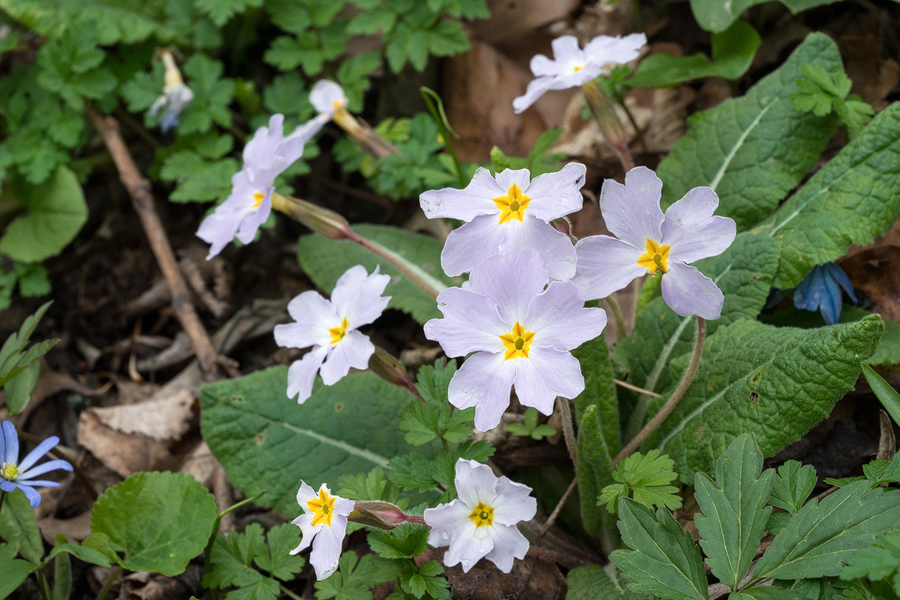
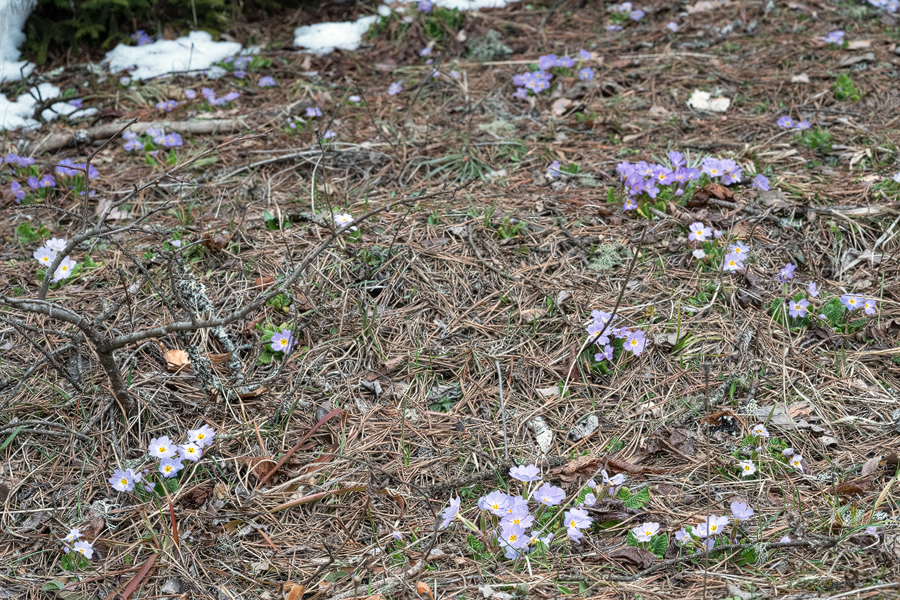
A fourth common component of the woodland spring flora in the Caucasus is the genus Corydalis. This large genus is taxonomically difficult and has been extensively revised in recent years. I’m hopelessly out of my depth attempting to identify species in the field, particularly without a reference book to hand. I am grateful to Olga Bondareva and Ruslan Mishustin, who corrected some of my more ham-fisted attempts at tentative identifications, on Facebook. Remaining mistakes are of course mine!
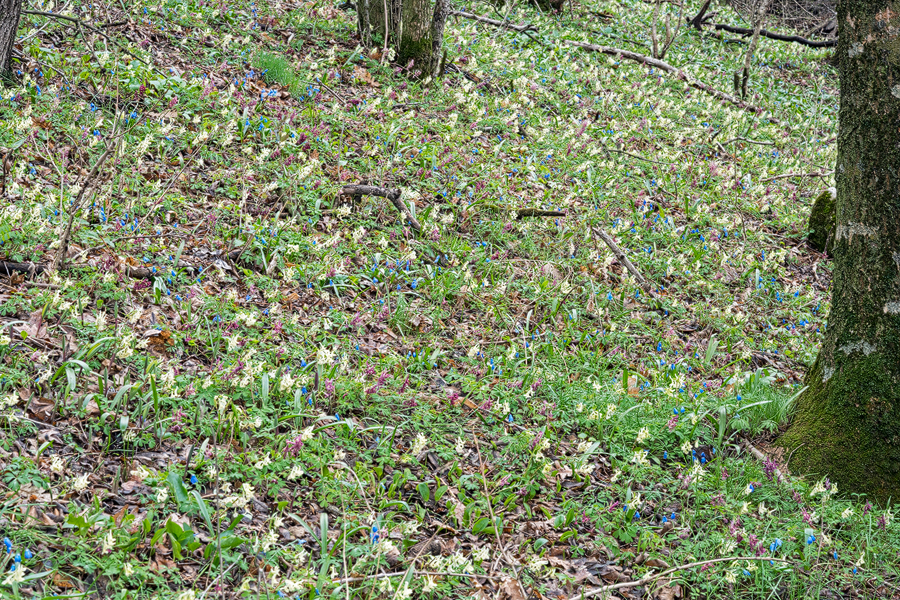
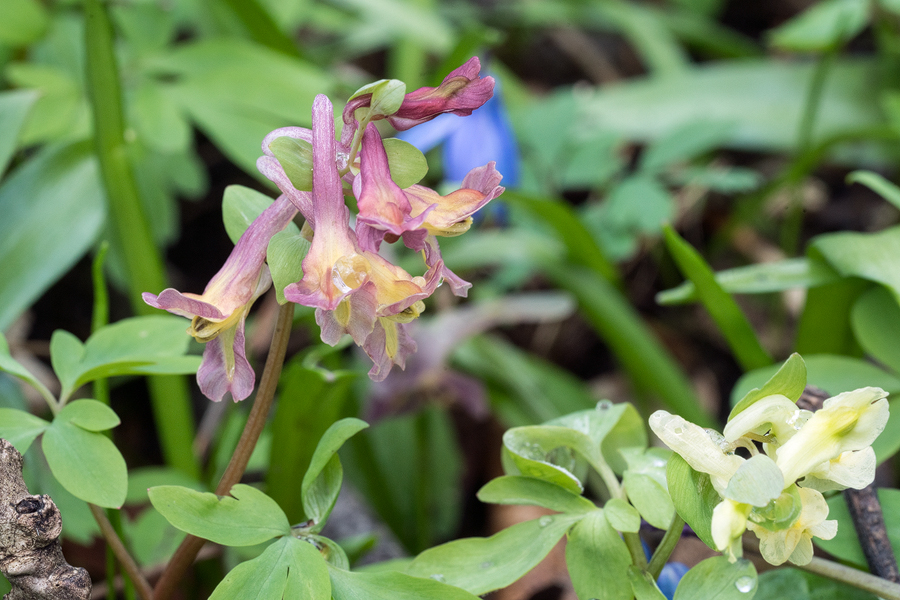
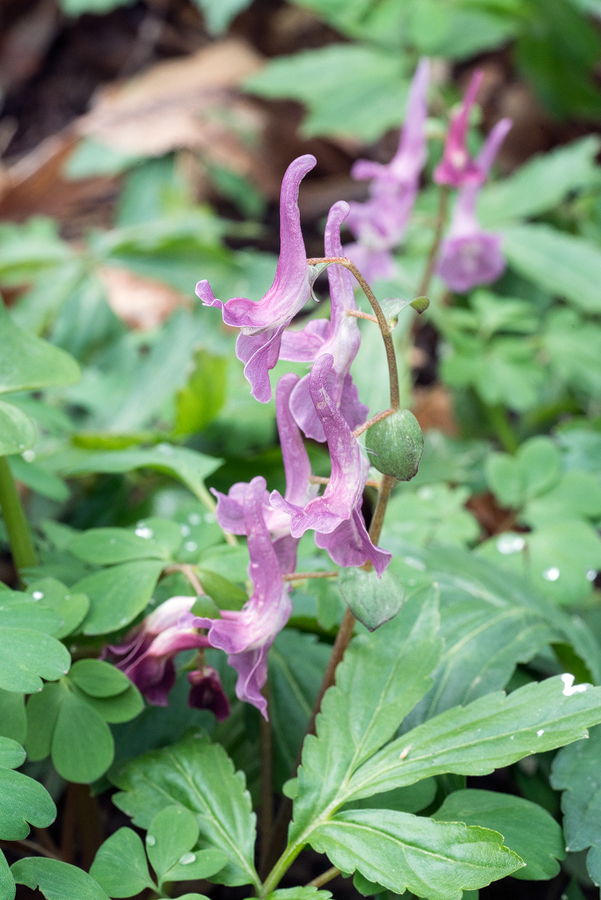
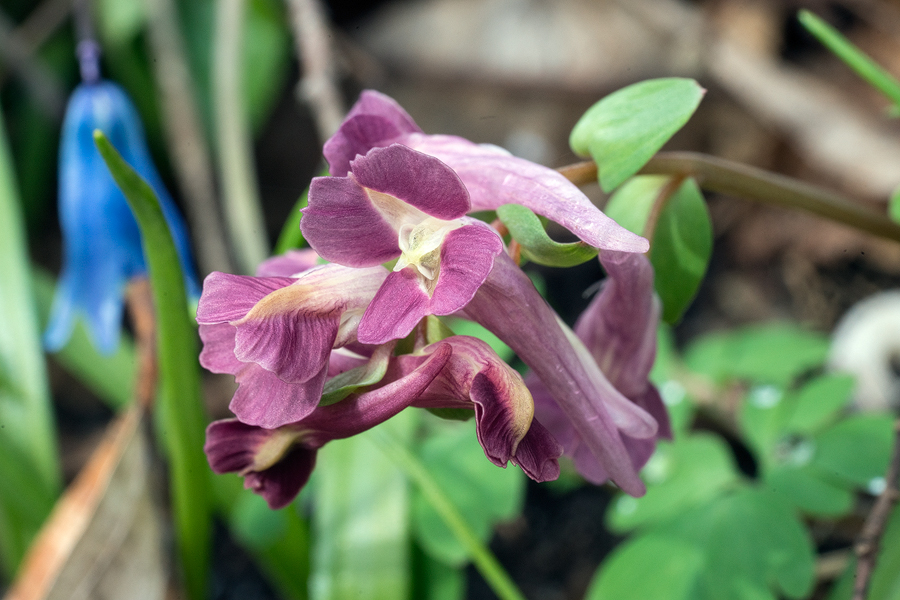

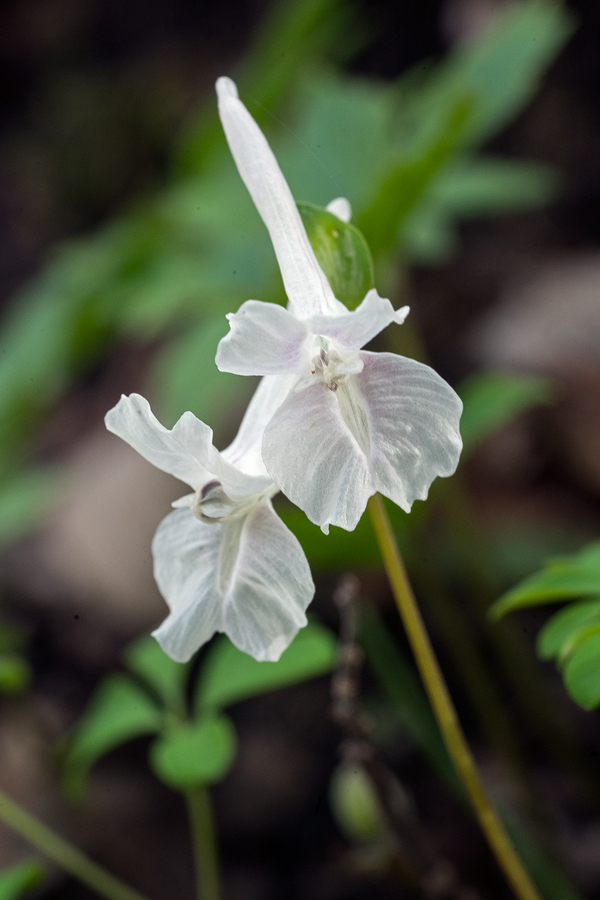
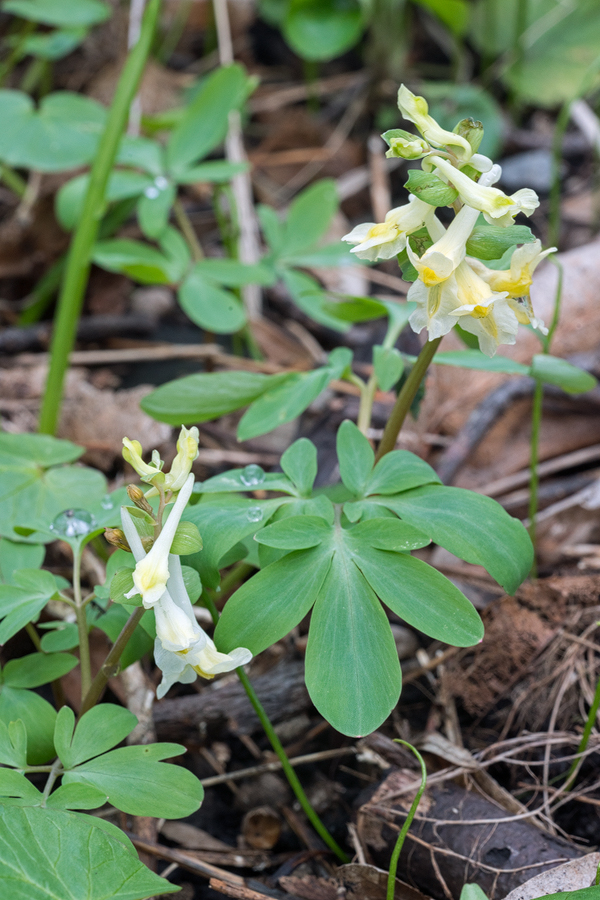
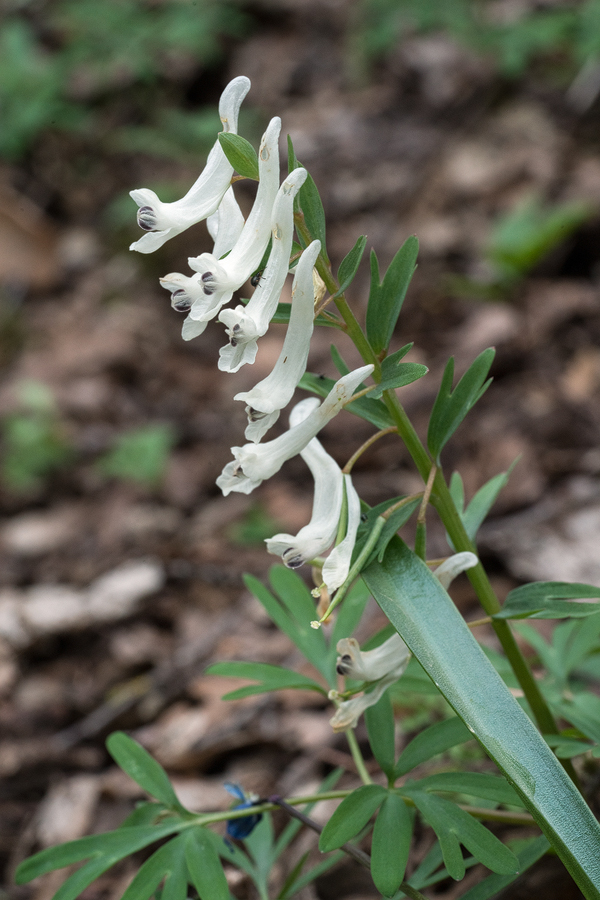
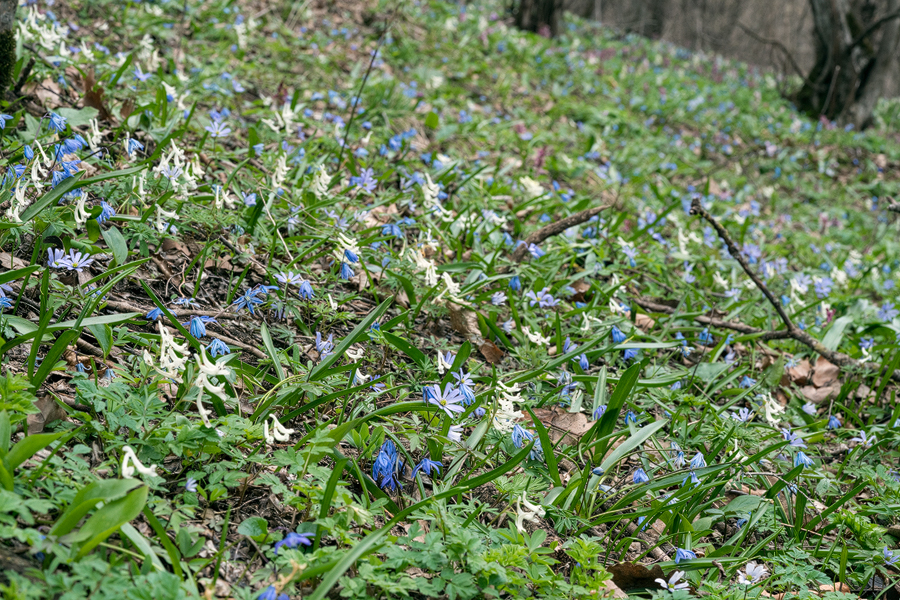
The final plant that was virtually ubiquitous wherever I went, was Dentaria quinquefolia, barely emerging in some places, finished flowering in others.
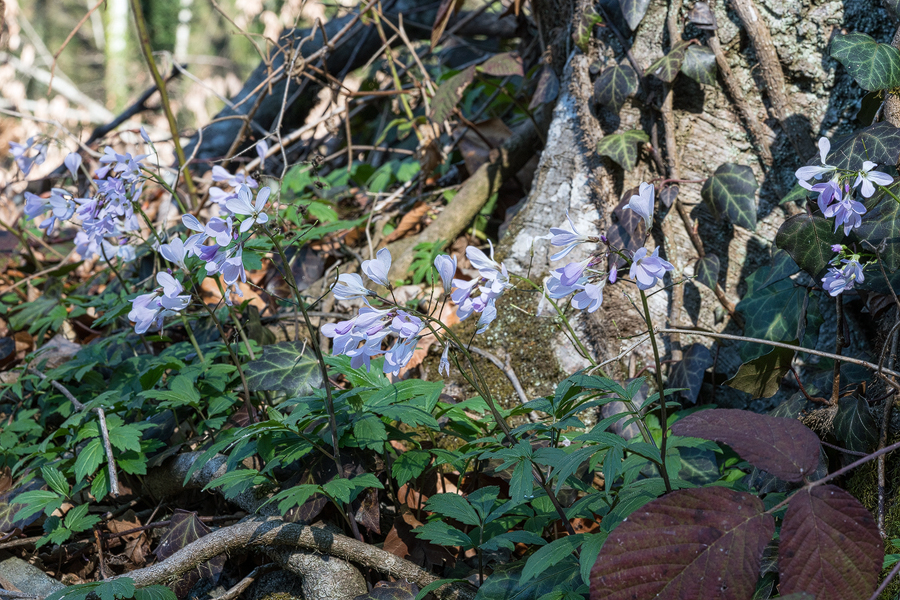
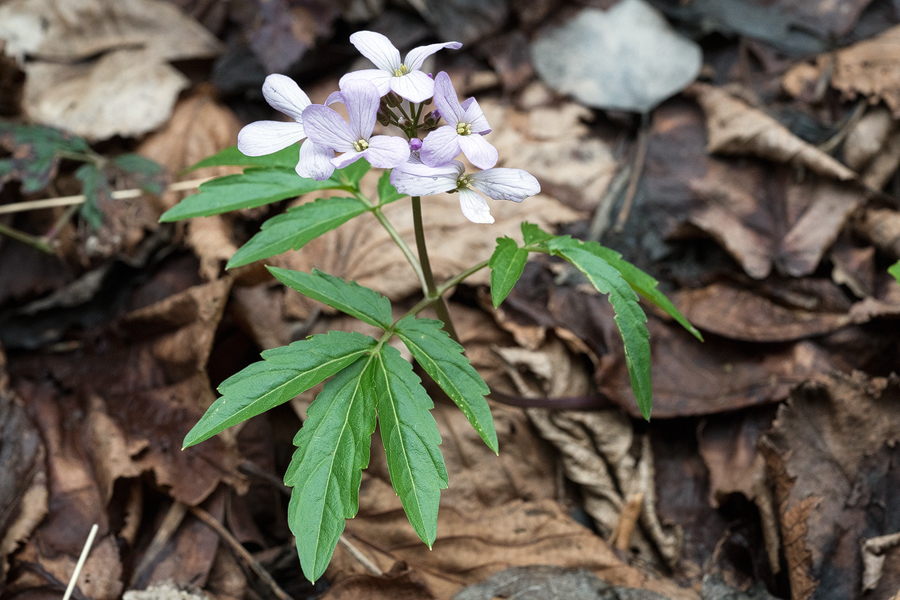
Cyclamen coum was rather frequent, in a variety of forms which may or may not deserve separate names. In most places it had already finished flowering, so it didn’t catch my eye, or my camera lens, very often.
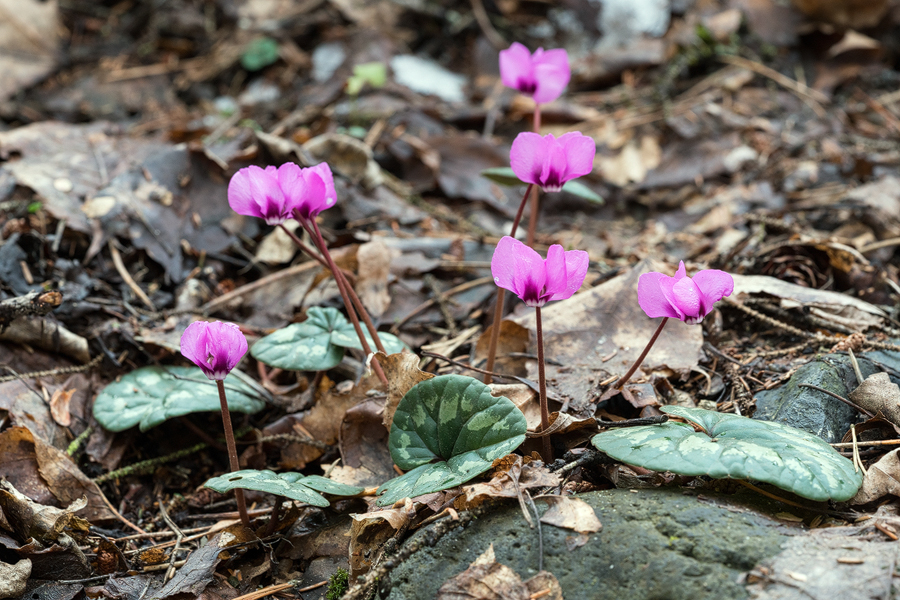
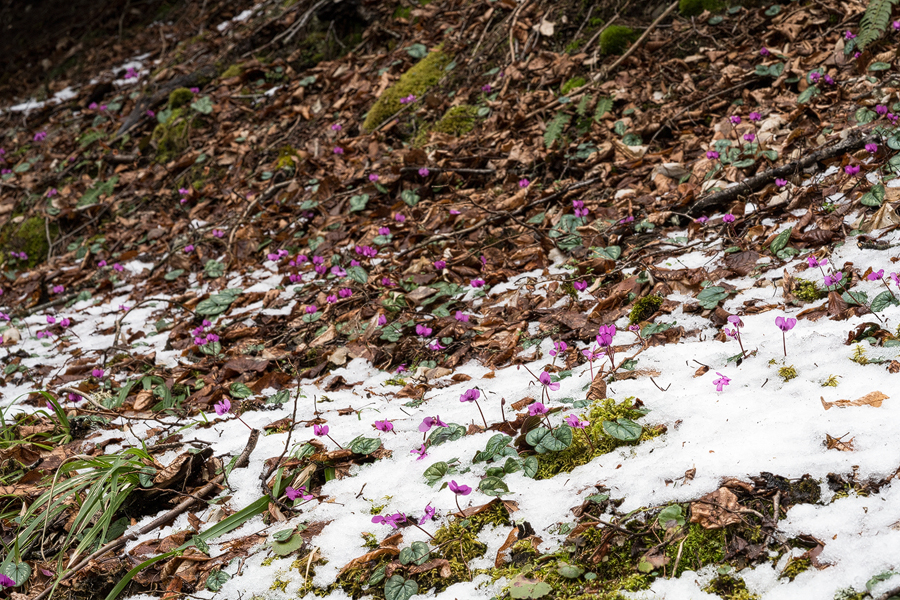
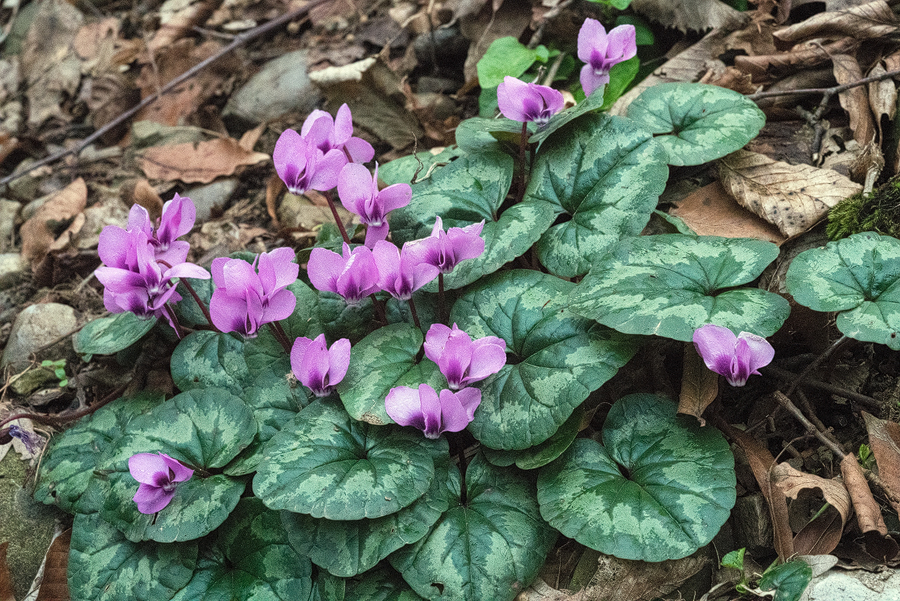
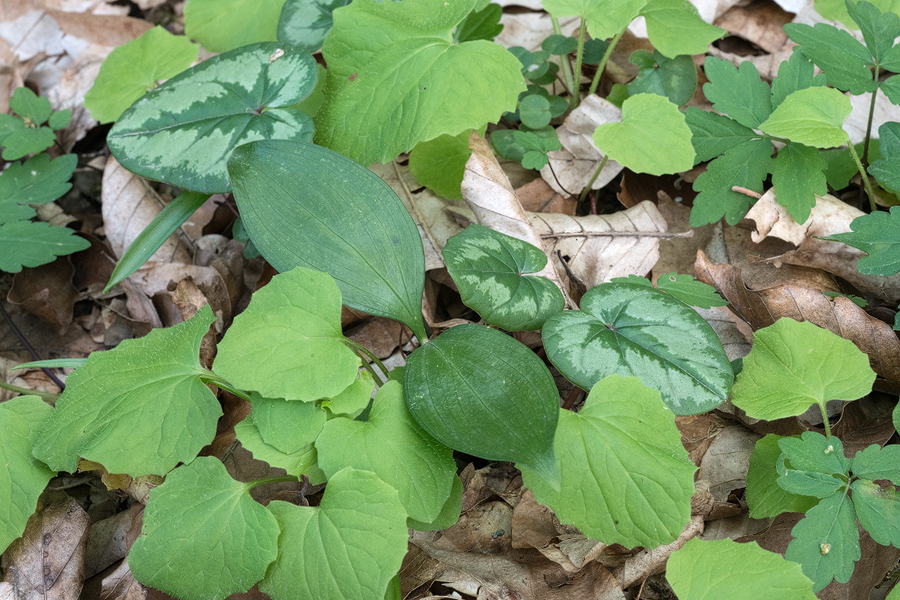
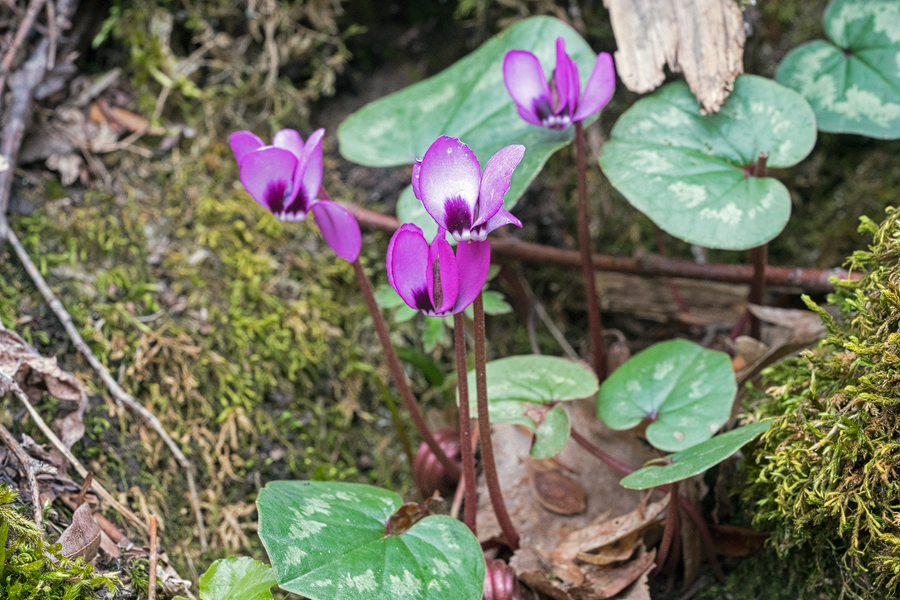
Helleborus orientalis occurs patchily in the south Caucasus and around the south and east coasts of the Black Sea, penetrating inland some distance. I saw it frequently and, where it occurs, generally on limestone, it is often abundant. It was well on its way to setting seed in many places. Almost everywhere, the flowers are white, cream or greenish and big, compared with other related hellebore species. In Abkhasia, in some but not all places red, pink or purple-flowered forms occur and these are rather special.
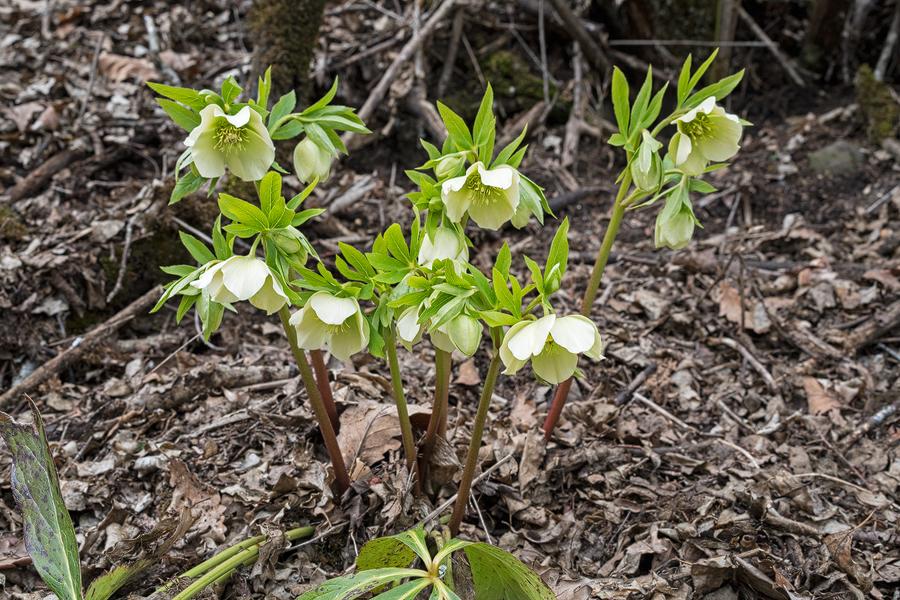
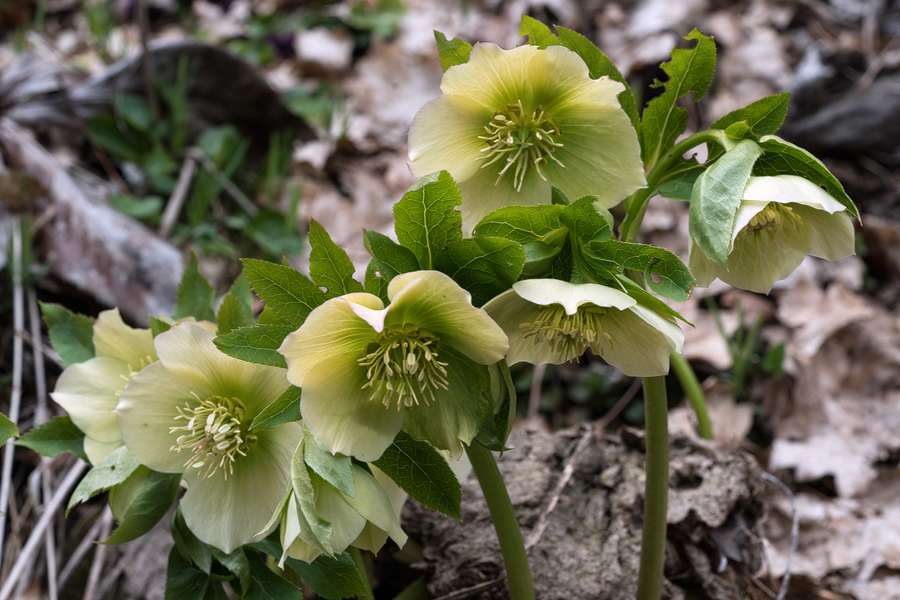
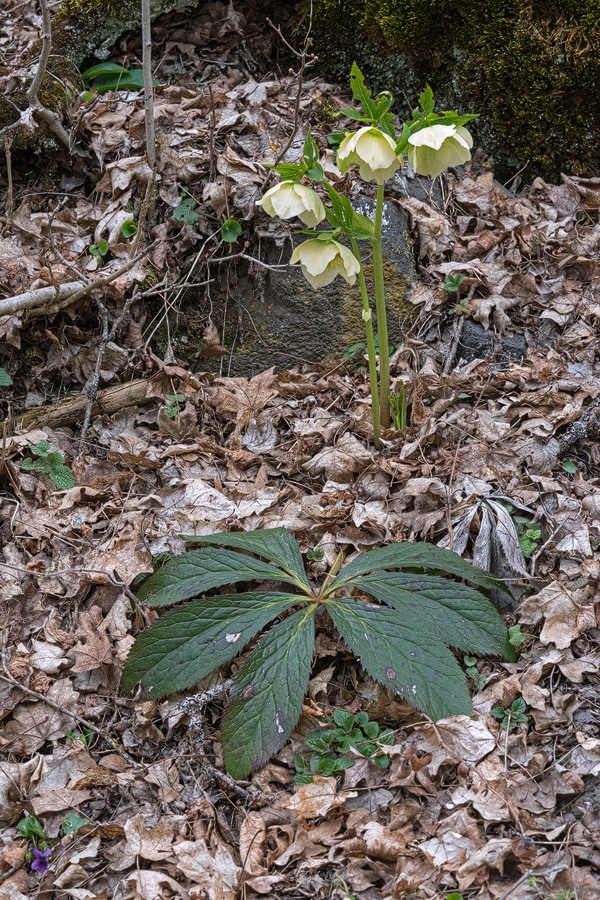
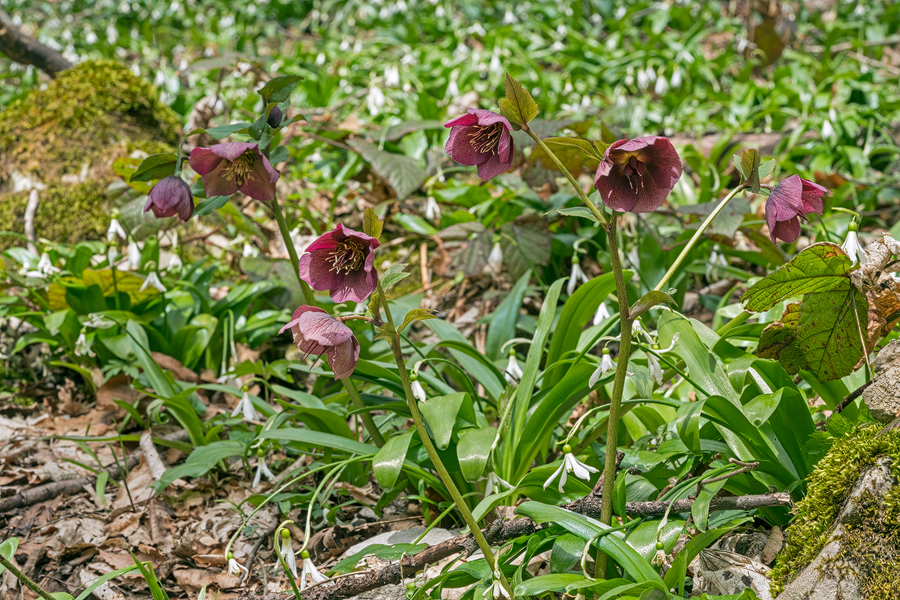
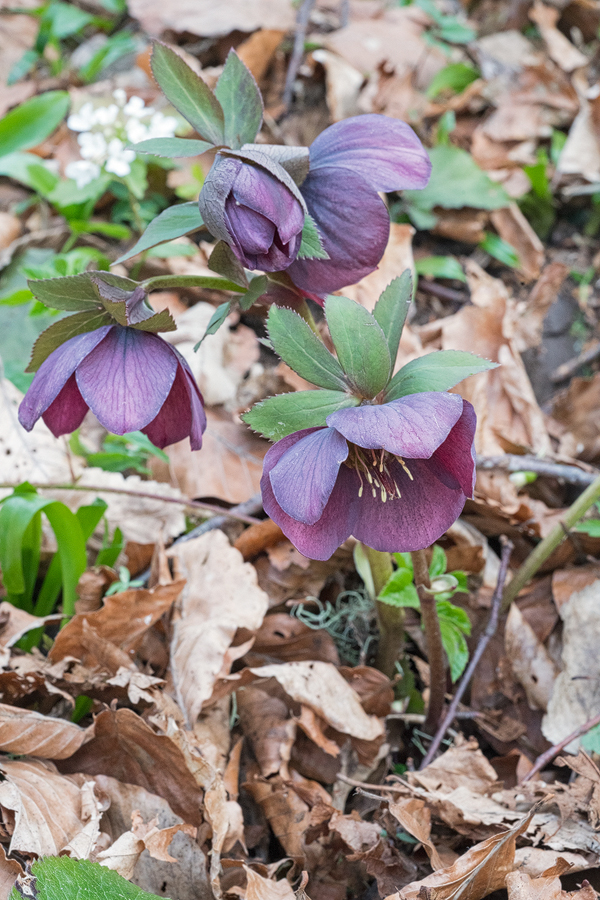
Georgia is stuffed to the brim with species of Paeonia and we saw the foliage emerging in many of the woodlands that we visited. We were surprised to see one population of P. caucasica (formerly I believe now sunk into P. daurica, a concept that has lost most of its utility), already starting to flower, north of Kutaisi.
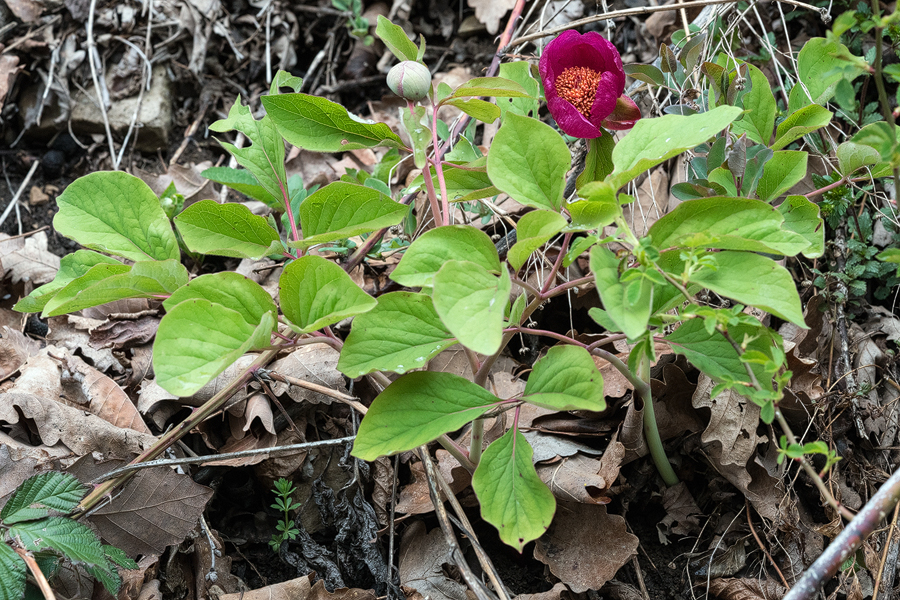
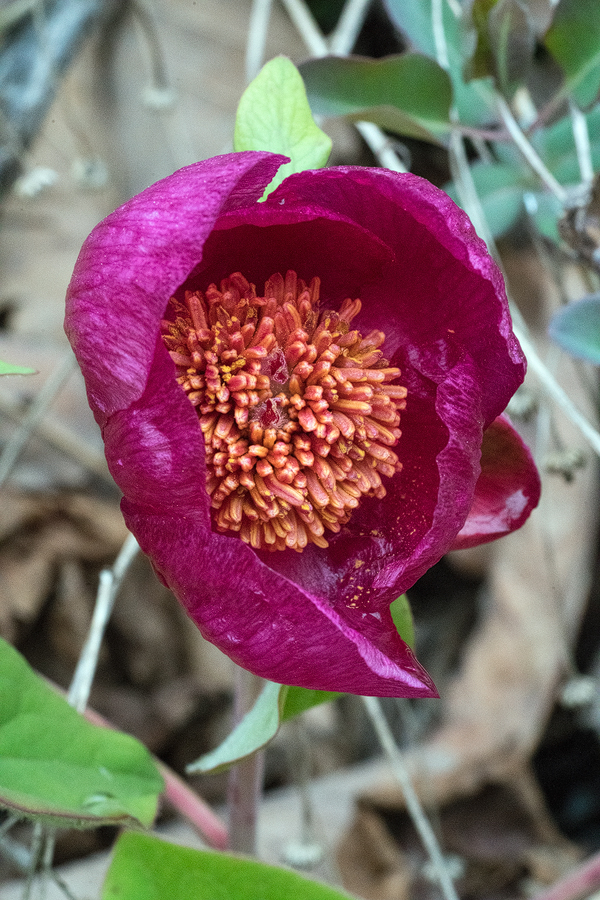
Inspired by this sighting, we later visited a well known site for P. tenuifolia, at Igoeti, not far from Tblisi but, although the spectacular foliage was emerging and buds were swelling, the plants were not yet in flower.
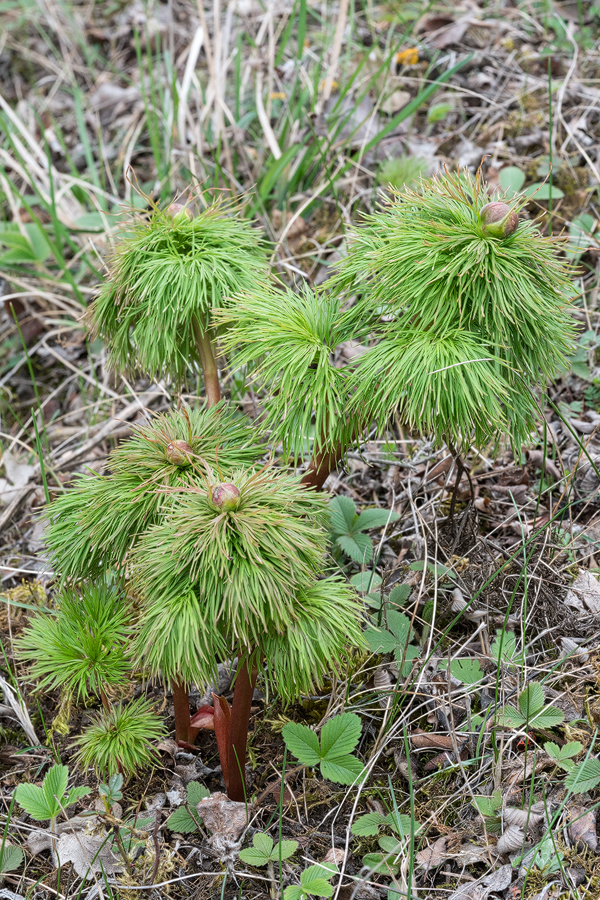
At one place in Abkhazia I saw a small colony of another peony species, perhaps P. caucasica again, not quite flowering.
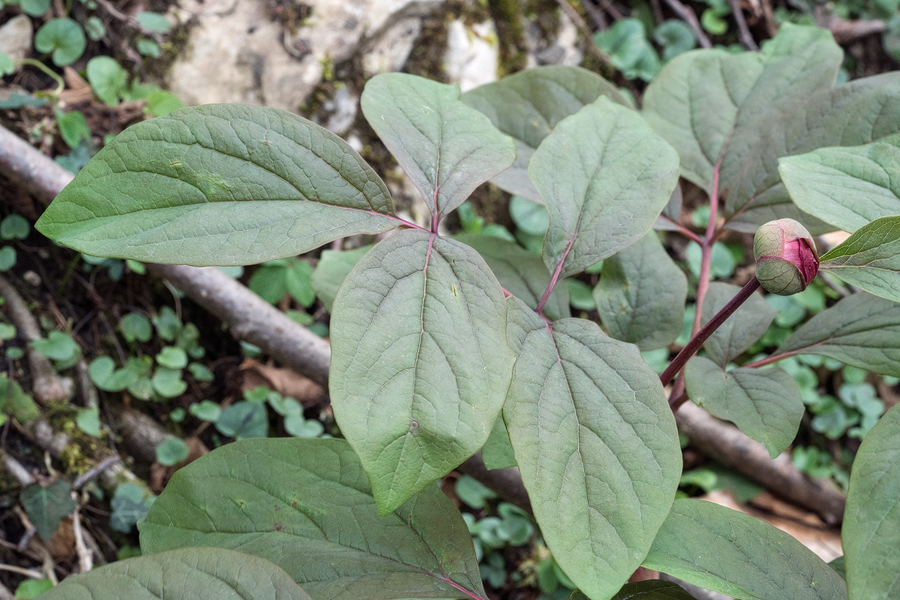
Many tree species were also blooming, in numerous sites. Unfortunately I seem to have taken rather few photographs of them. I am sadly prone to ‘tree blindness’, a defect I plan to remedy, soon.


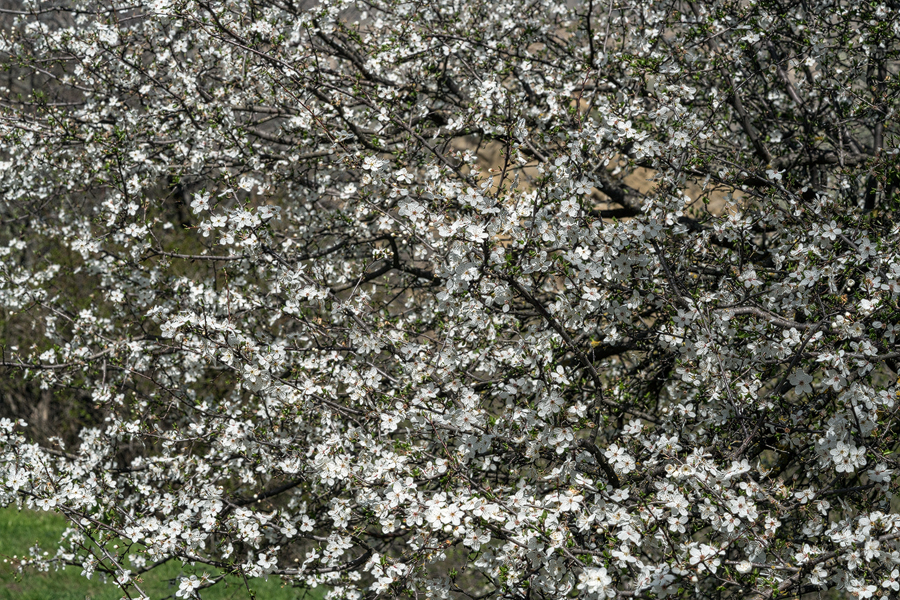
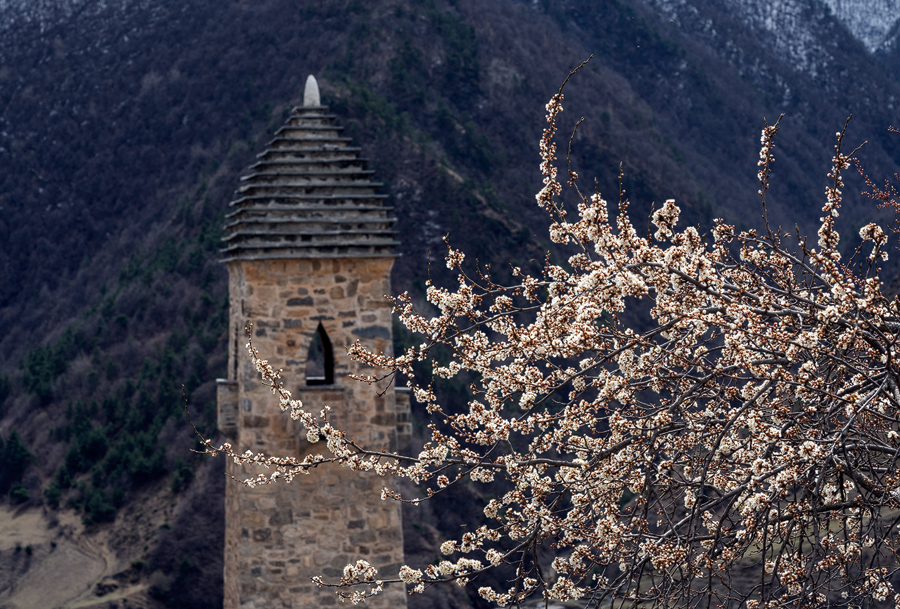
In a few woodlands in Georgia Anemone blanda was flowering. In the north Caucasus, the commonest Anemone species seemed to be A. ranunculoides. In most places, the latter species was not yet flowering or just coming into flower.
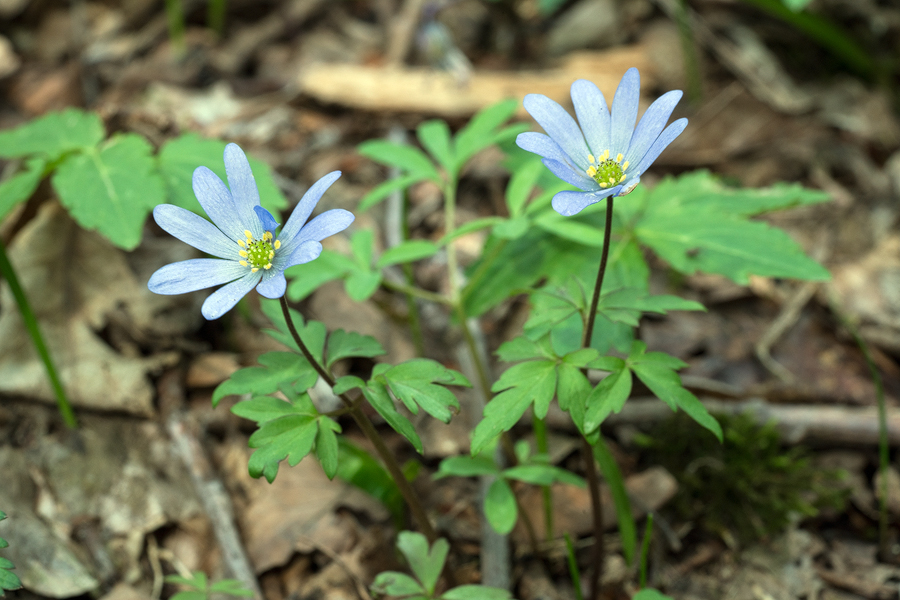
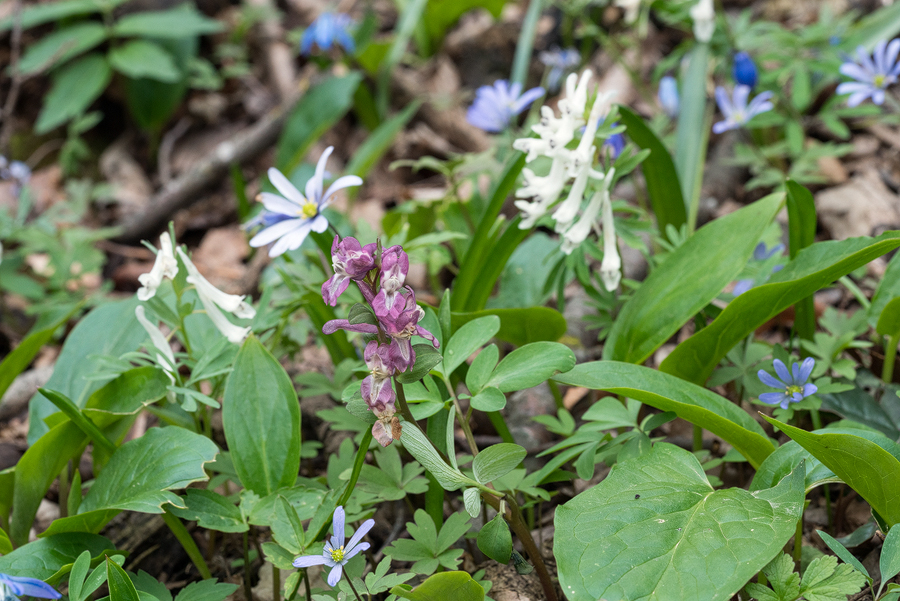
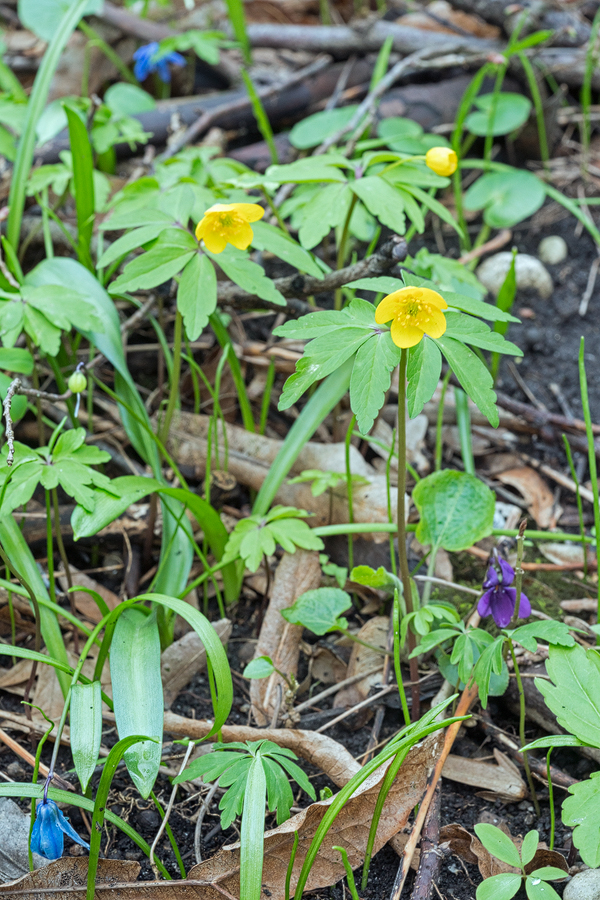
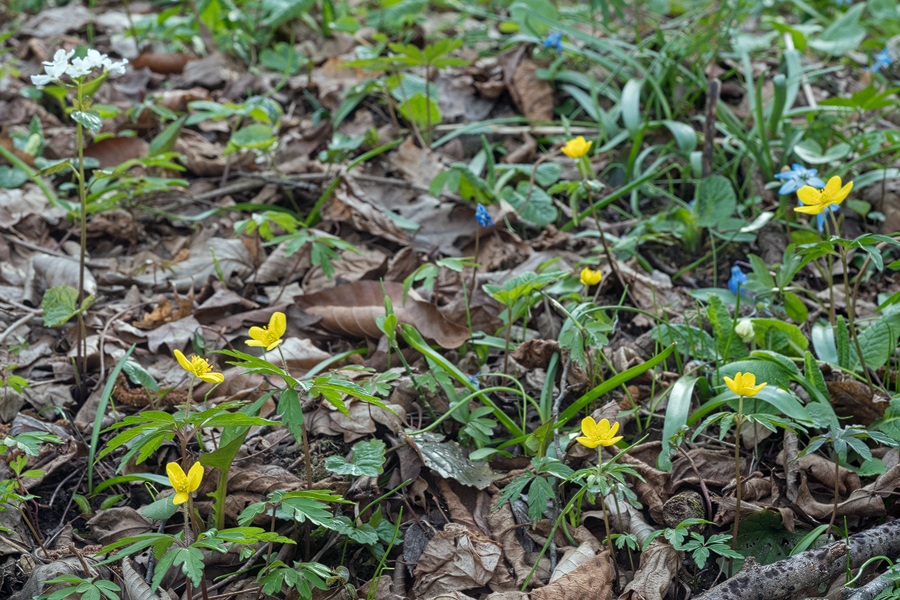
In one bit of damp woodland, near Zedazeni Monastery, we found a population of Leucojum aestivum, all the plants having two or more flowers per scape. I was distracted by a tiny population of Galanthus krasnovii, which we had found, and took only one picture of the Leucojum which was (whisper it quietly) rather more attractive than the snowdrop.
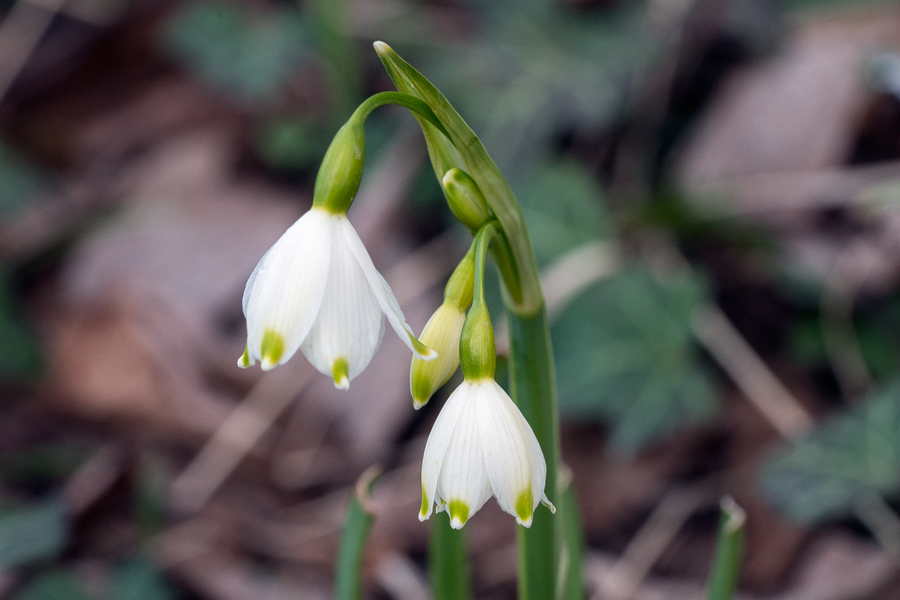
At the same place, I snapped the following picture, which seems to me to capture the quintessence of spring in the woodlands of the Caucasus not because it’s a good photograph, I hasten to add, but because it give a sense of the extraordinary diversity and fecundity of these fabulous places.
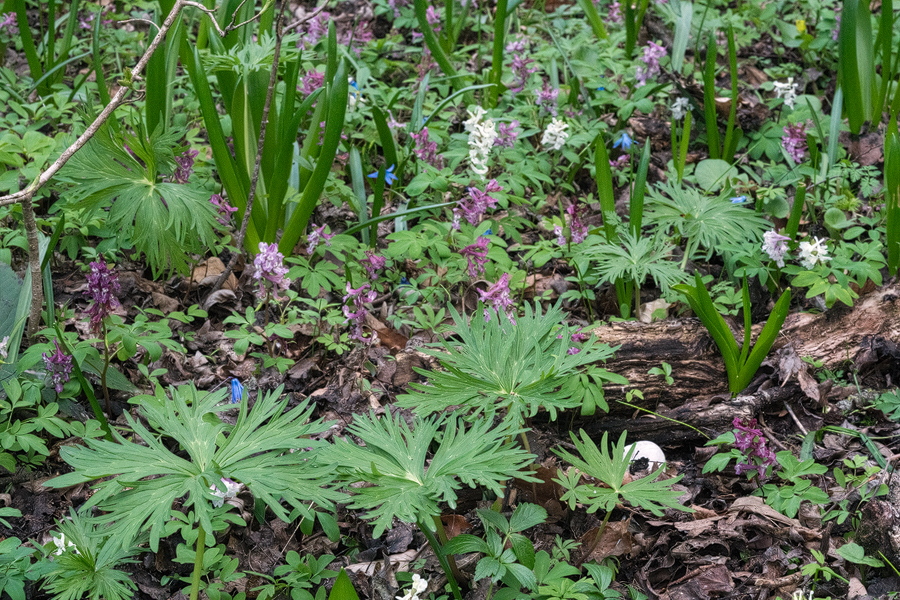
On my last day in Georgia we switched landscapes completely, driving south to David Ghareji, in the semi-desert on the border with Azerbaijan. I had hoped to see Crocus biflorus subsp. adamii flowering, but we were too late. Instead we were treated to spectacular displays of two contrasting Iris species, both variable in colour: Iris (of the Juno persuasion) caucasica and I. pumila.

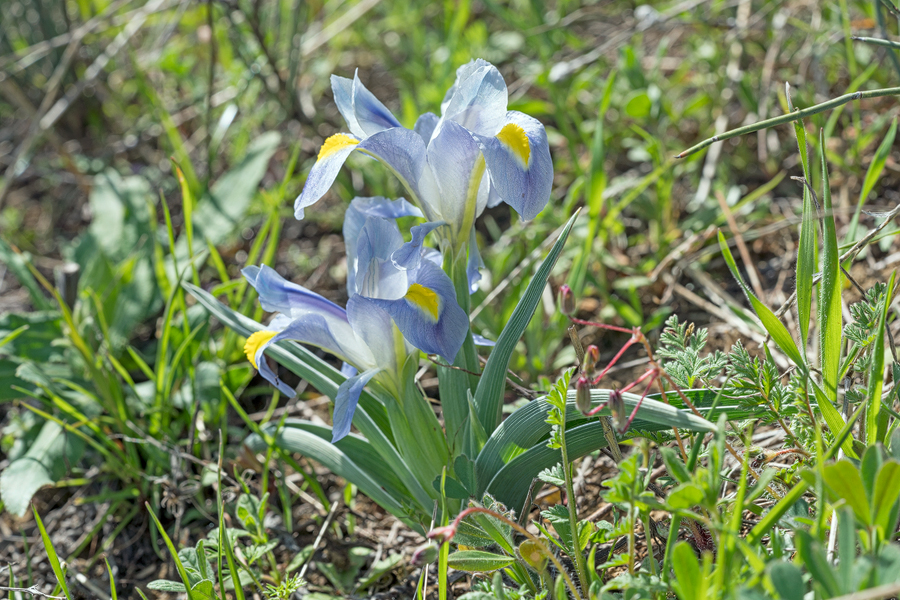
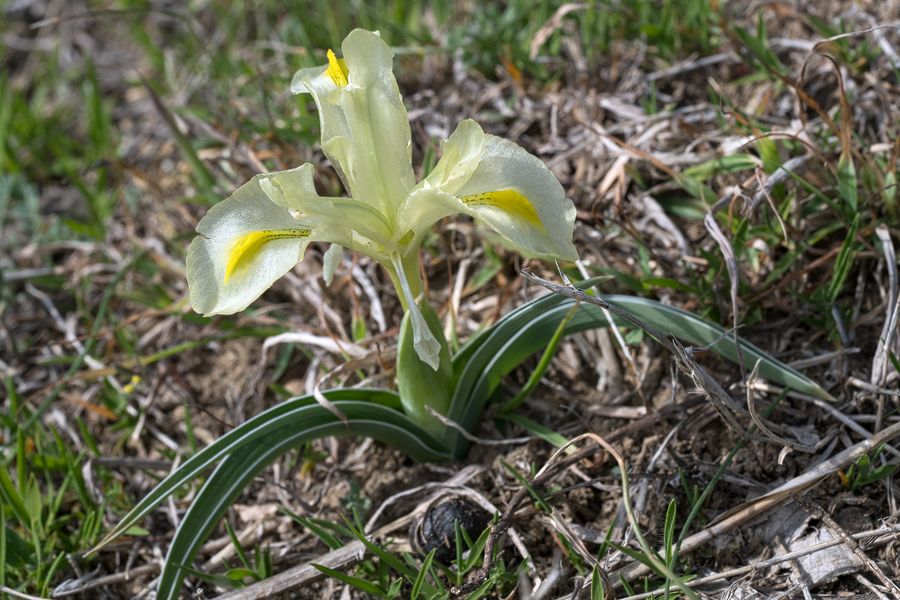
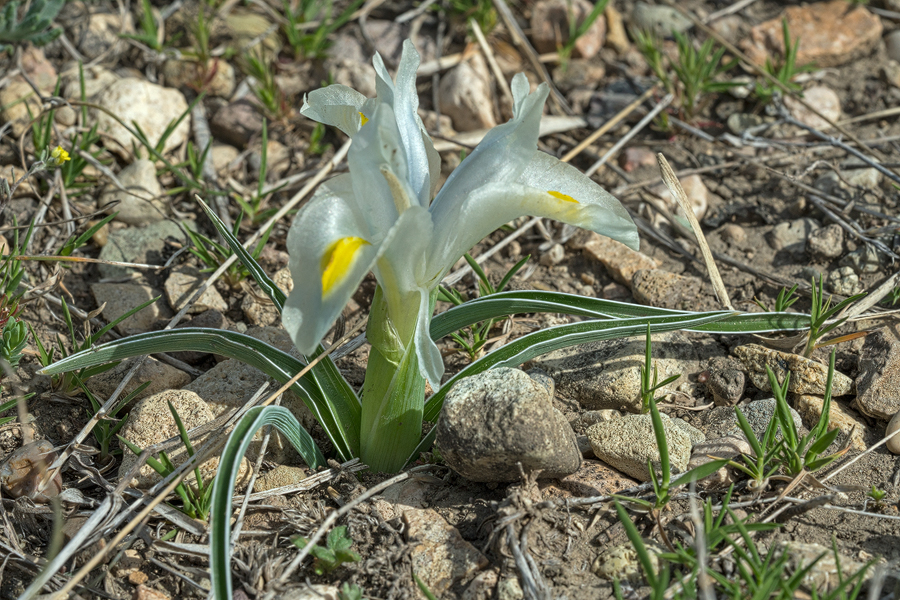
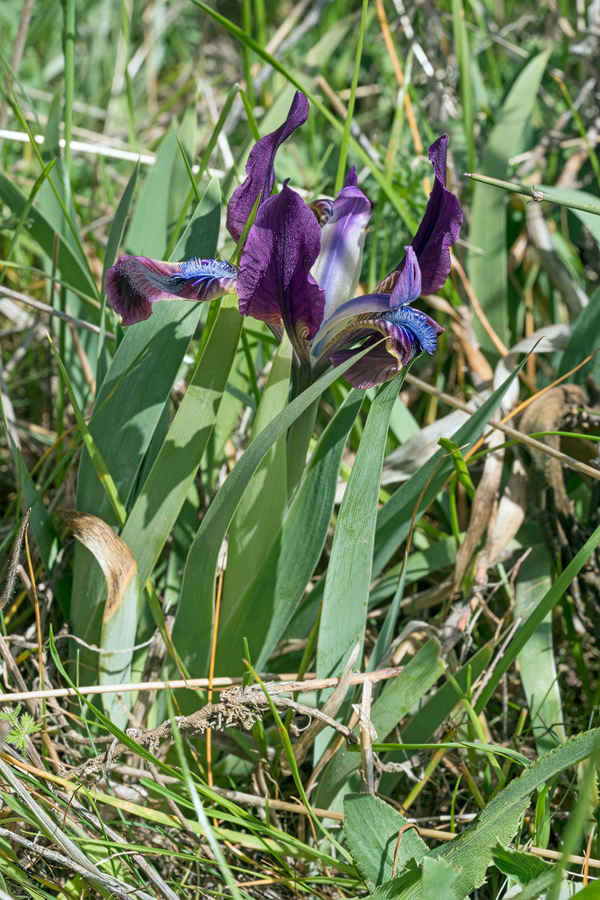
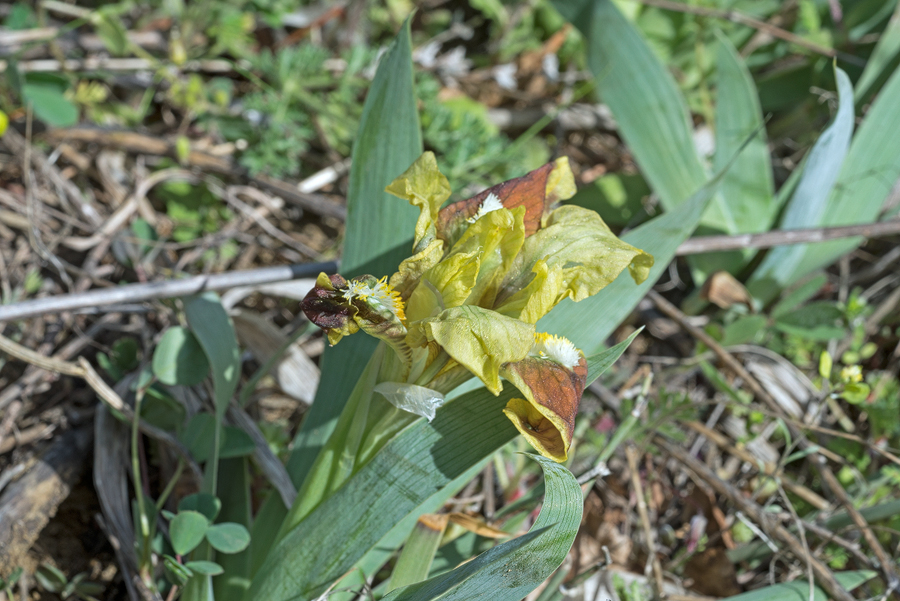

We ended the day at Turtle Lake, an ugly, municipal ‘boating lake’, within the city limits of Tblisi. This being a Sunday, Tblisites (a Tblisite is to Tblisi as a Londoner is to London, according to my guide, Tolkha Shetekauri) were there in their thousands, trudging on a tarmac path around the muddy, green pond. On the hillside above them Fritillaria caucasica and huge drifts of a Muscari species were flowering but, as usual, almost everyone was looking the wrong way.
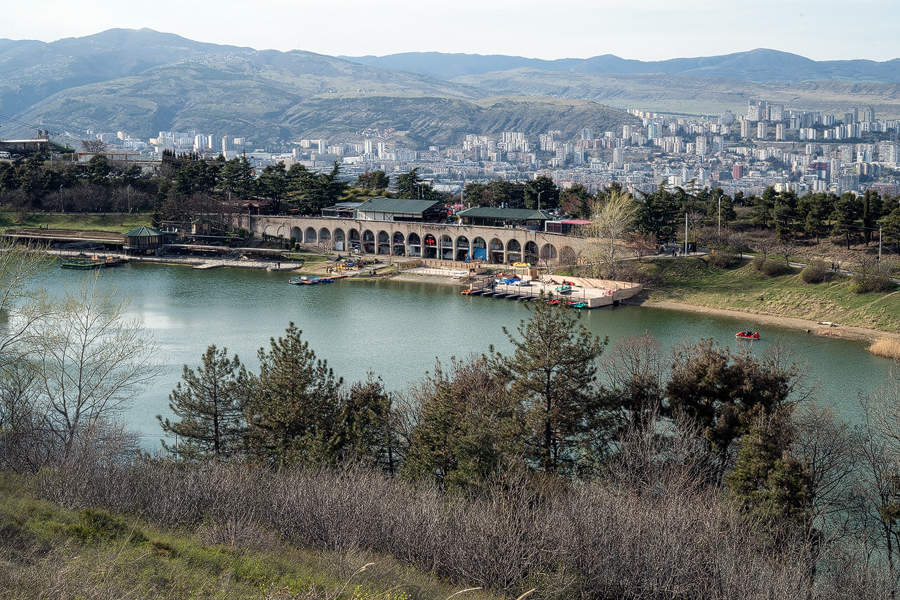
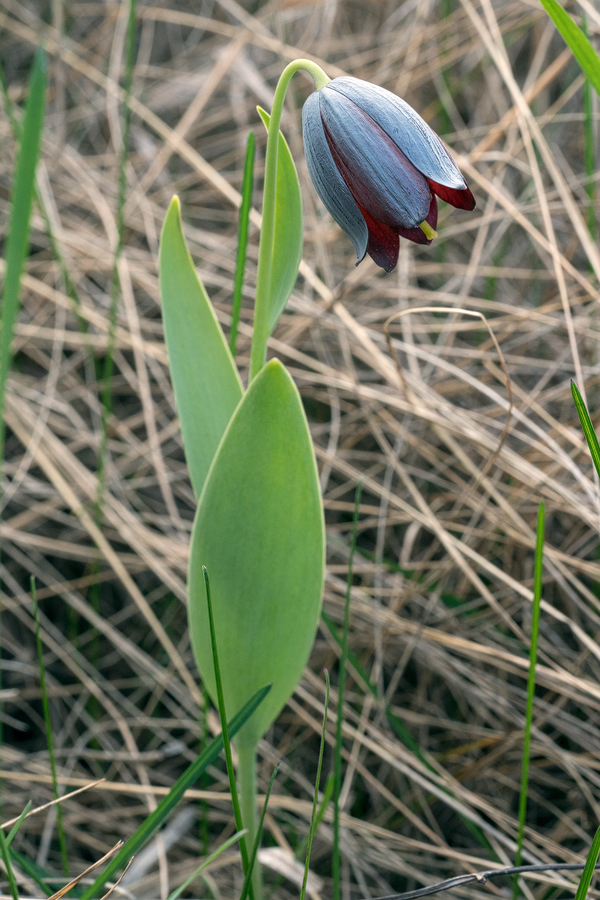
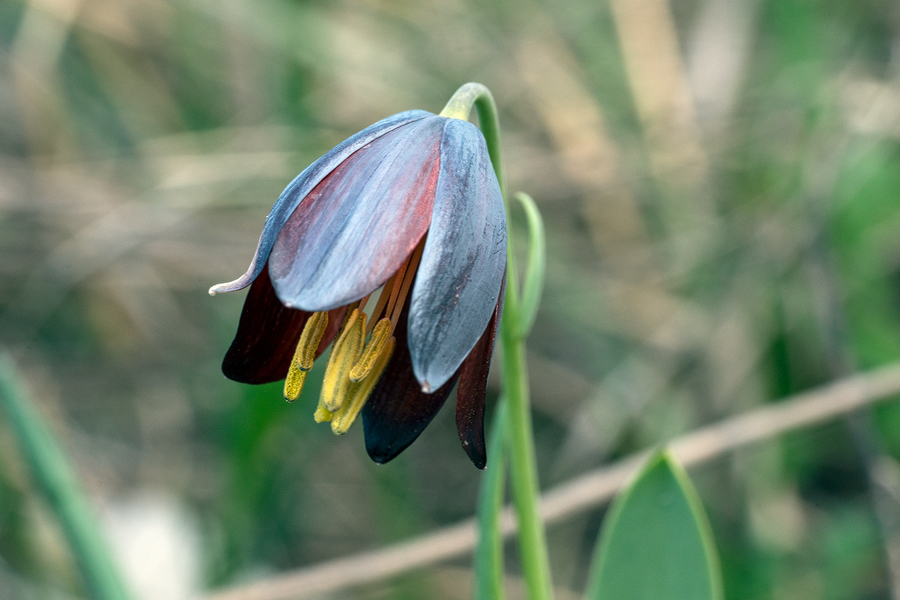
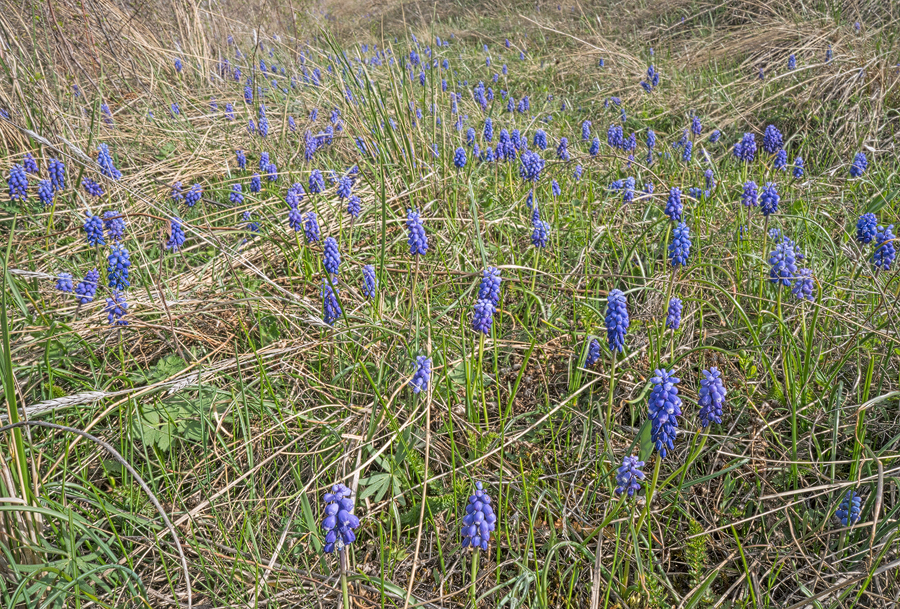
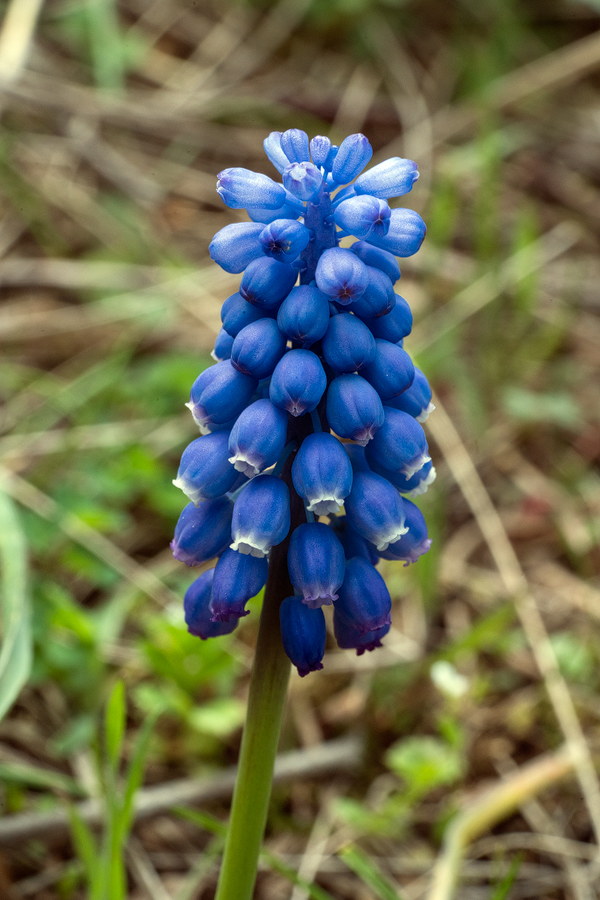
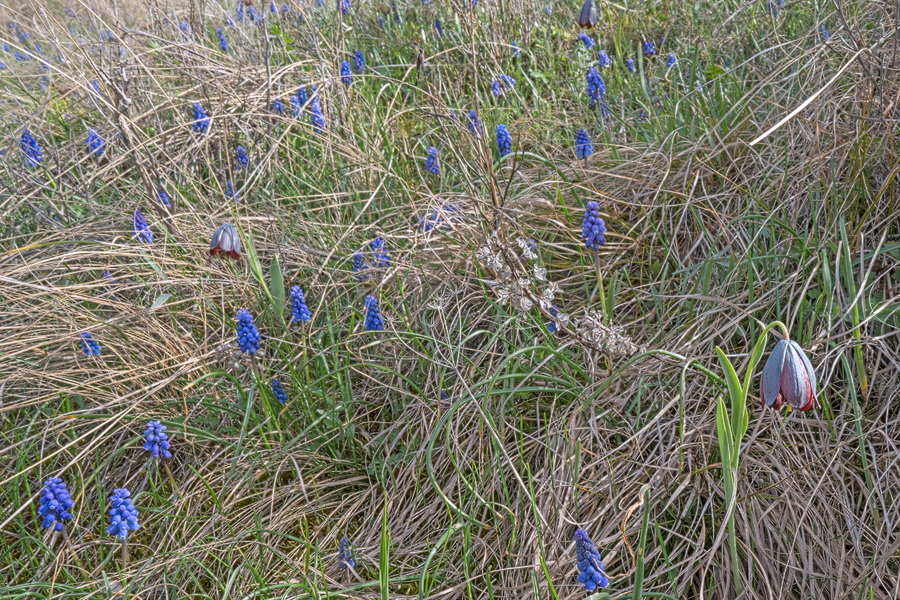
The mountains of Ingushetia defy description. After several days of low cloud and drizzle, the sun shone out of a flawless blue sky throughout my first day there. A Crocus species, of the C. biflorus complex, was flowering in enormous numbers in high meadows, approaching and above the tree line.
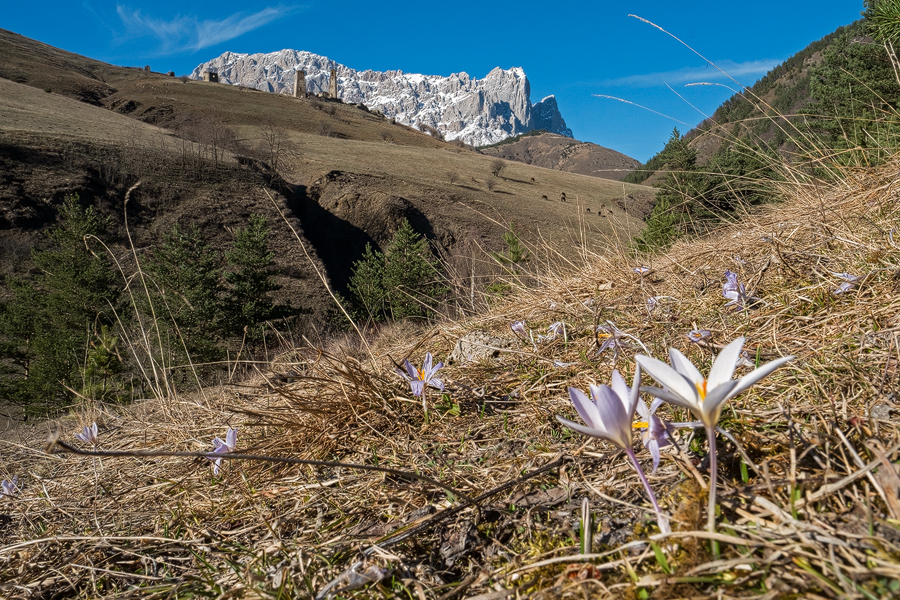

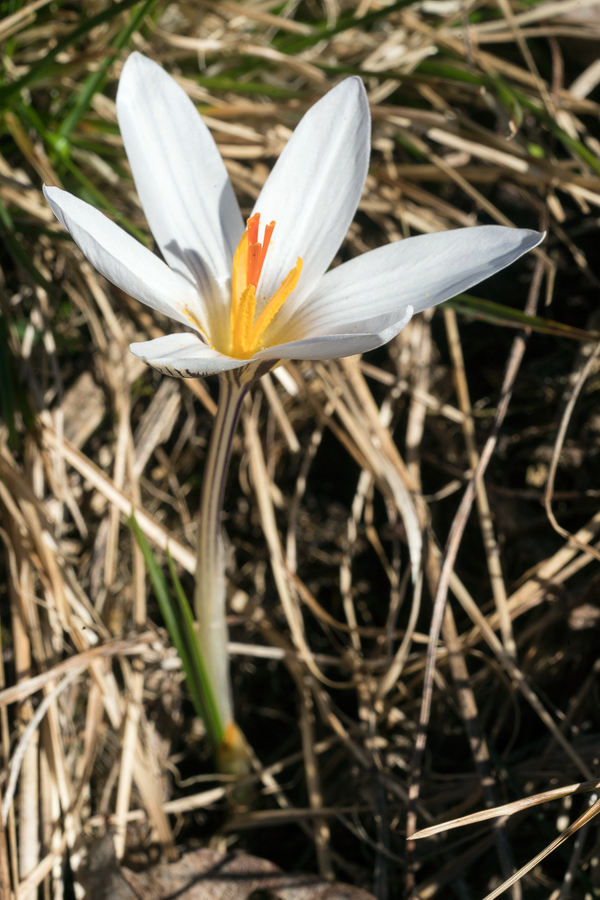
In much smaller numbers, or perhaps it was not yet flowering, or had finished, was a Colchicum or Merendera species. I confess that I just can’t summon up the enthusiasm to try to identify these pretty and variable, but difficult to separate, plants to species (or even genus) level. Any suggestions?
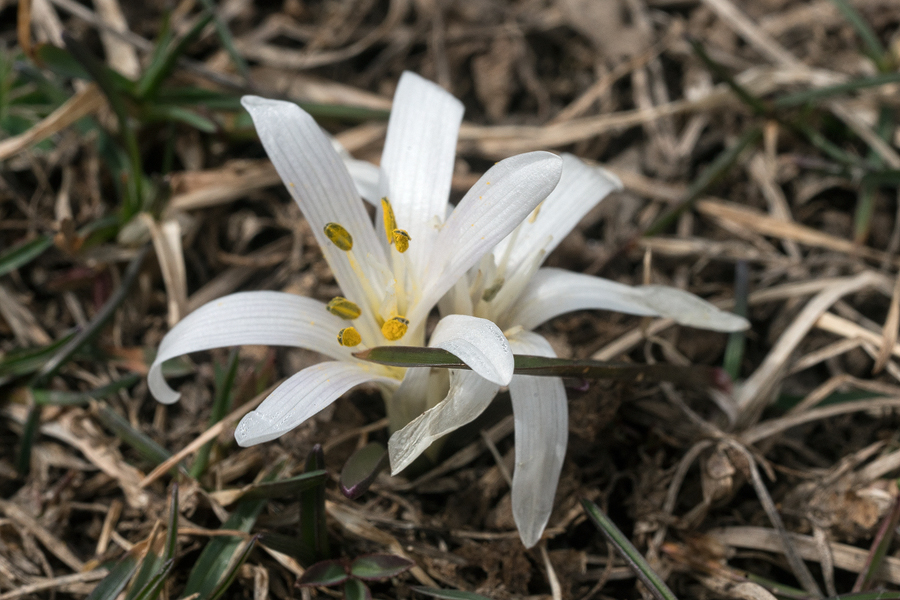
The low-elevation woodlands near the eastern coast of the Black Sea are mild, though subject to large, sudden falls of snow when the moist sea breezes meet freezing winter temperatures. The plants we saw in flower were quite different to those I’d found at higher elevations in the Caucasus.
Aristolichia steupii, with implausibly alien flowers, was one of the most spectacular. Many thanks to Denis Shipman on Facebook, for the identification.
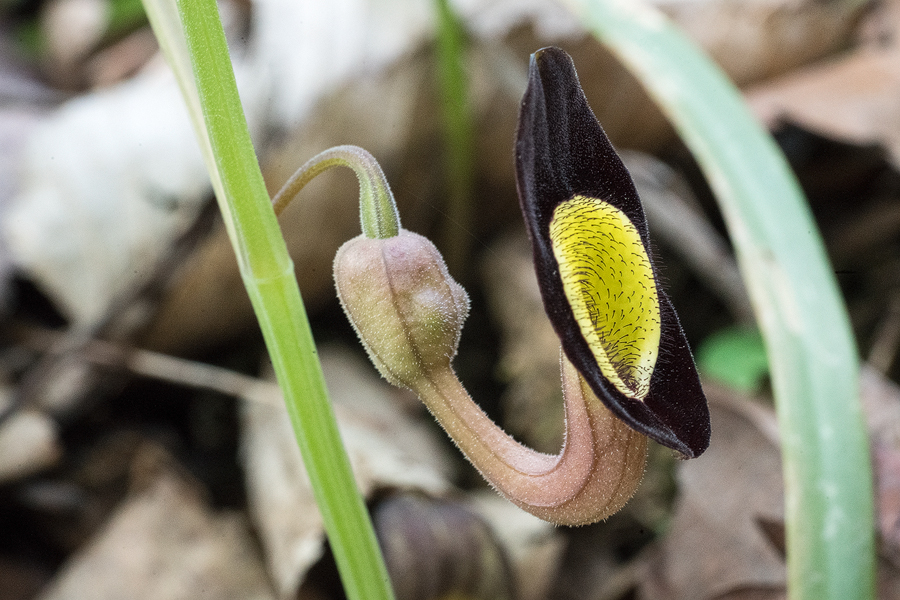
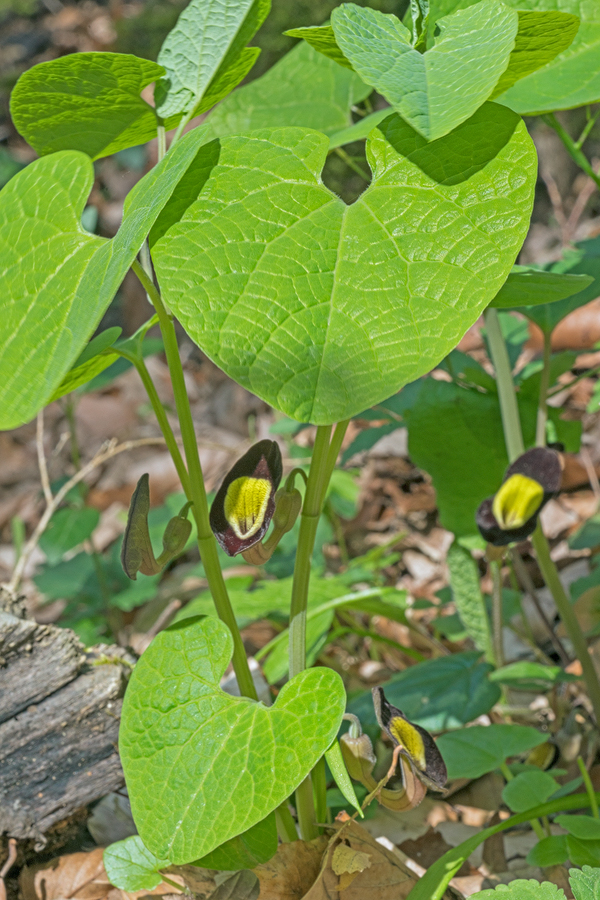
A small plug, by the way. You can follow Revolution Snowdrops, if you ‘do’ Facebook.
Epimedium pinnatum subsp. colchicum was just starting to flower near Sochi. In one or two places in Abkhazia, it was slightly further ahead. I value this species as much for its mottled evergreen foliage, as for the cheerful, yellow flowers.
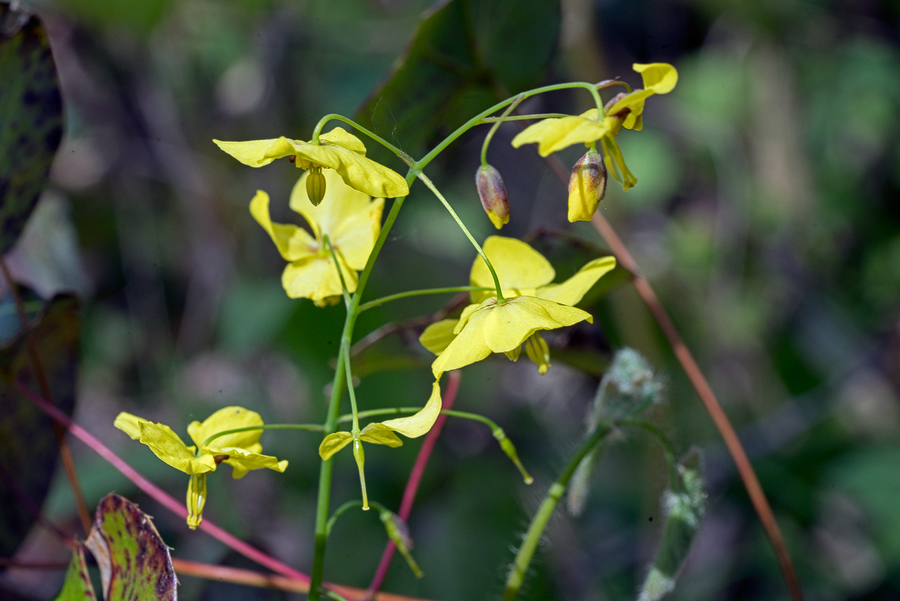
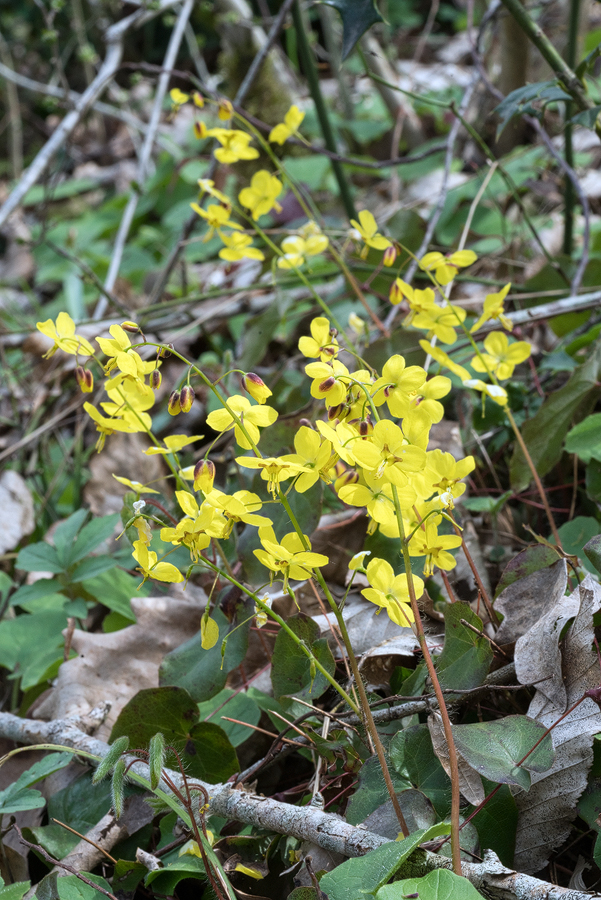
I had previously seen Scopolia carniolica, an interesting [calcicole] member of the Solanaceae family, only in Croatia and I’d thought it was confined to the Balkans, so I stopped short, when I saw it, almost finished flowering, in a flourishing colony, in deep shade, at the base of a limestone cliff near Sochi.
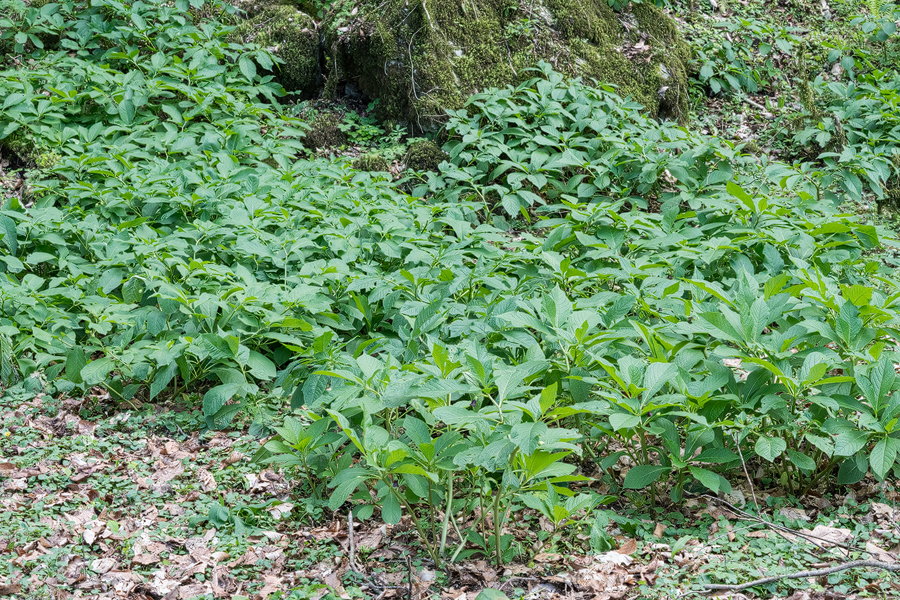
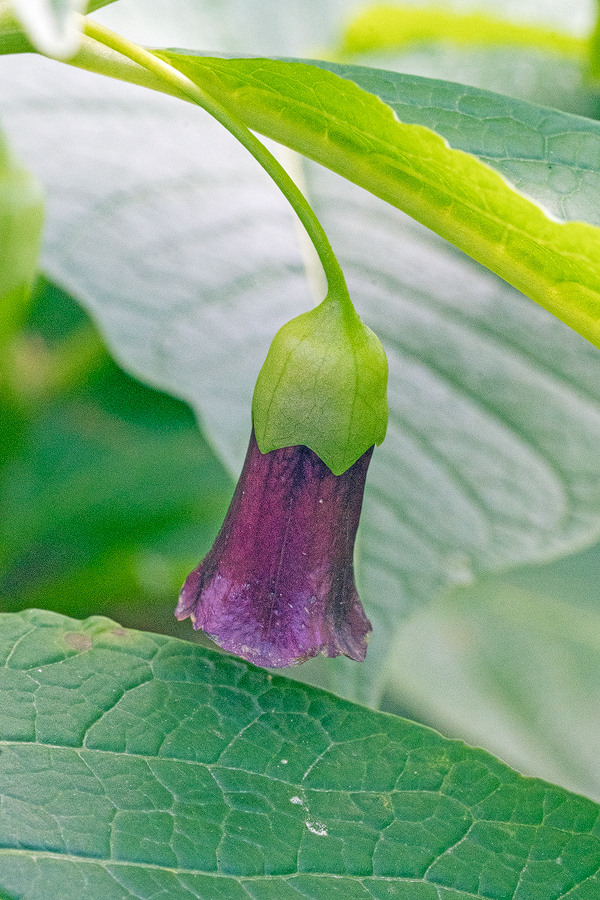
In the same woodland were scattered, spreading colonies of Paris incompleta, with vast numbers of Allium ursinum and fewer Veratrum nigrum.
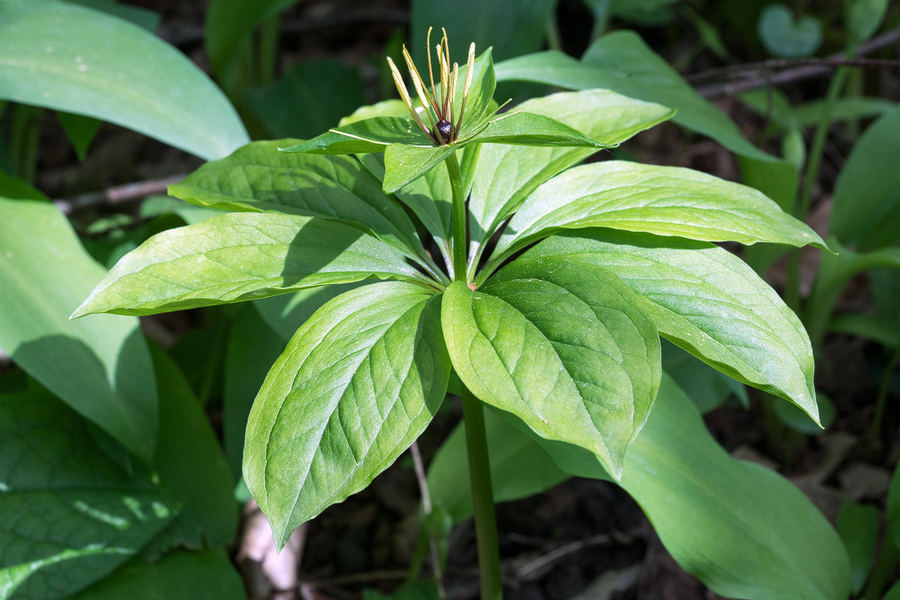
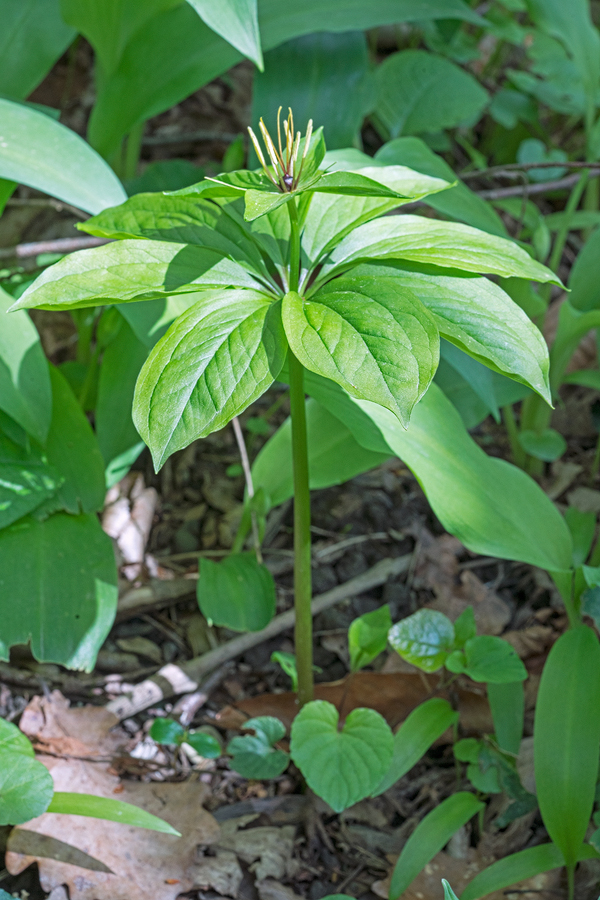
I realise that it hardly counts as a flowering plant, but I am very fond of Ruscus colchicus, which is common in deeply shaded and high elevation woodlands in these eastern Black Sea coastal regions.
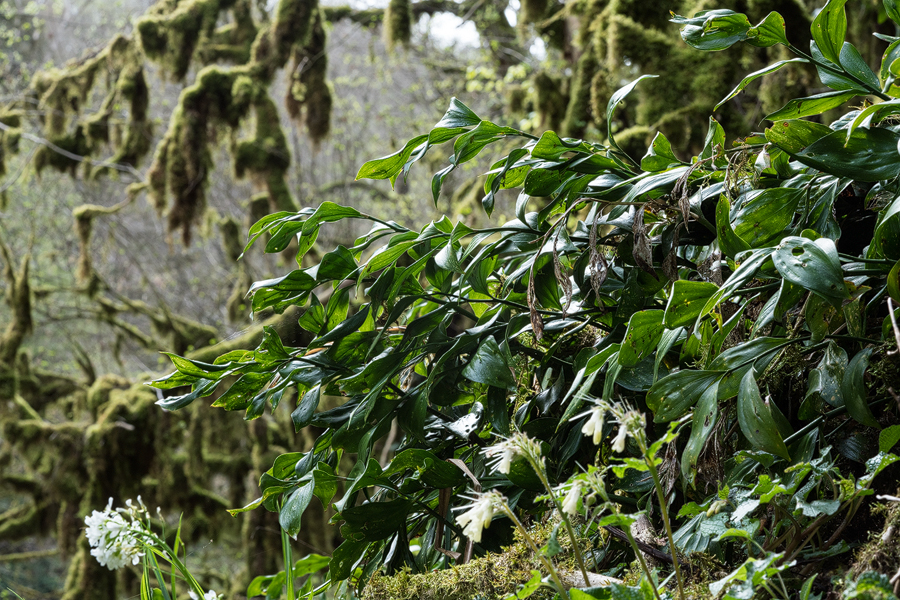
Flowering with and above a large population of Galanthus krasnovii in Abkhazia, was Erythronium caucasicum, most plants going over.
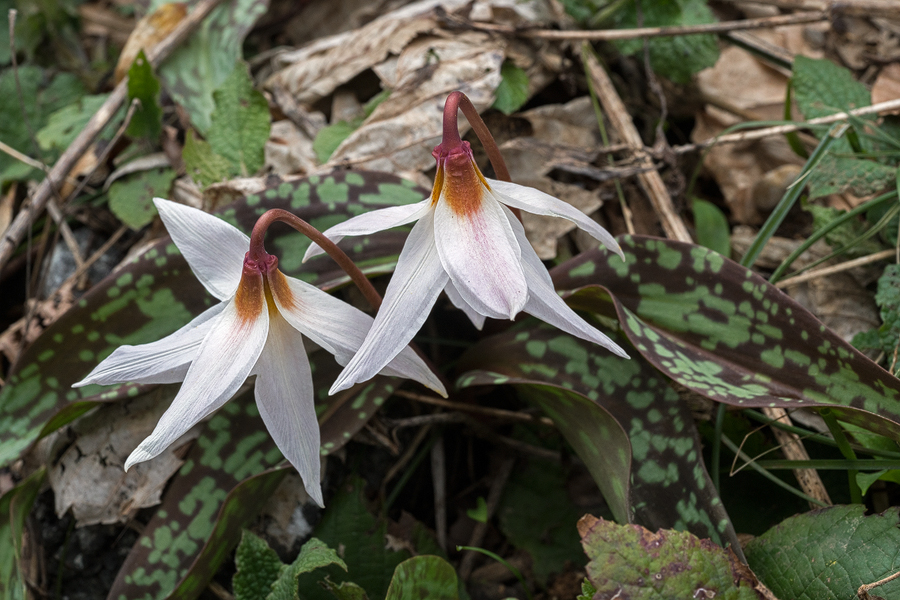
Along one lovely road in Abkhazia, we saw numerous small populations of Scilla monanthos, of the form known locally as Scilla winogradowii. Thanks again to Olga Bondareva for putting me straight on the identity of this plant.
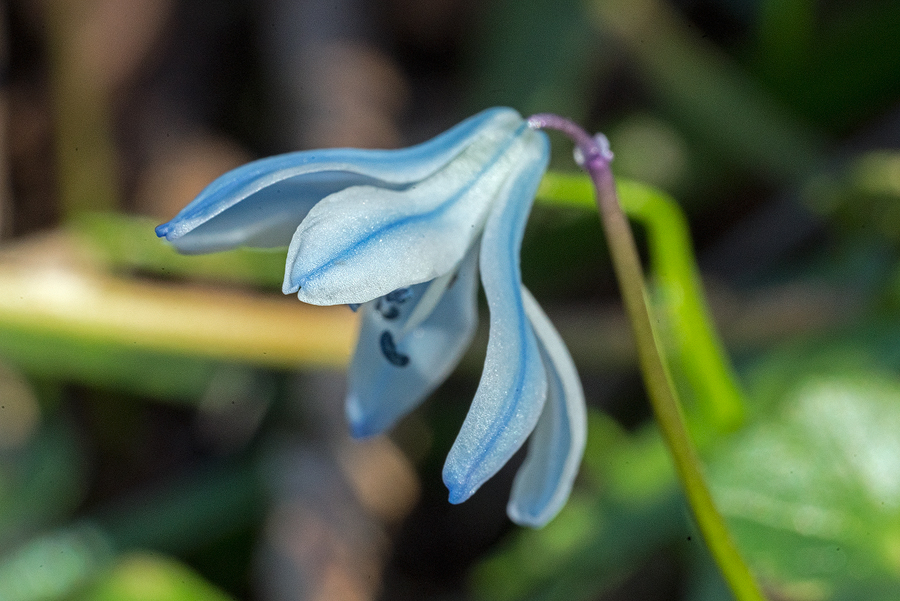
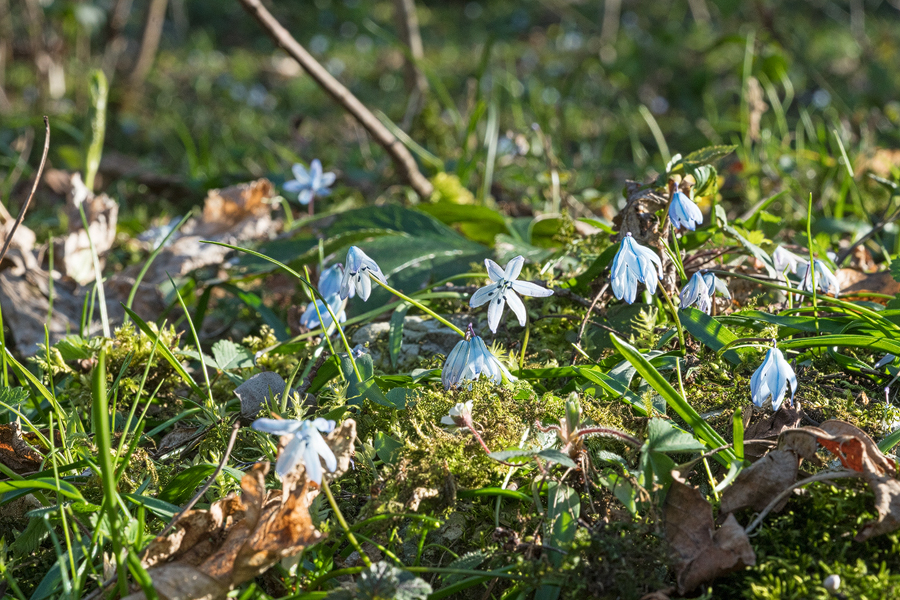
Finally, in the same place, a pretty little Oxalis species was flowering.
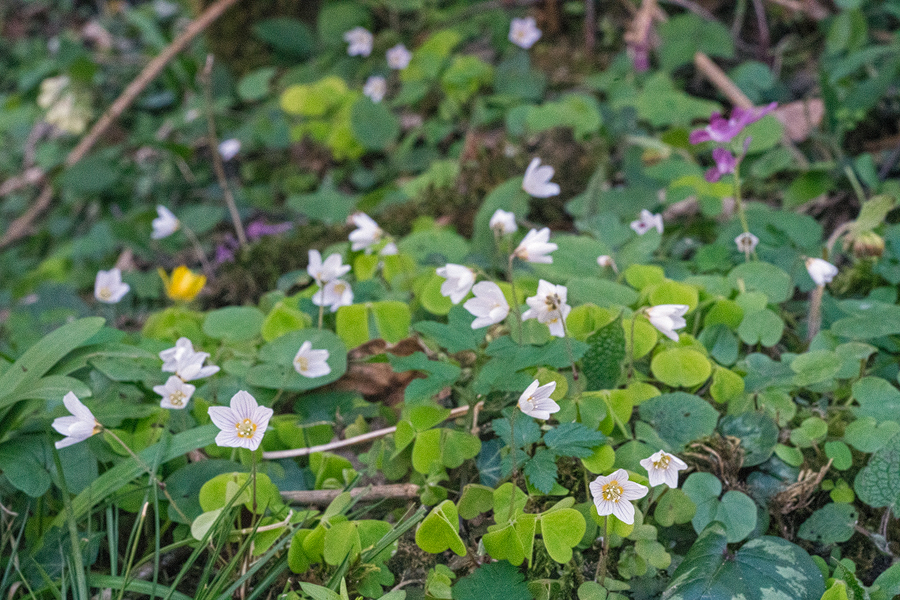
I hope that rumours that I am interested only in snowdrops are now banished!

Thank you for sharing your knowledge and your appreciation of plants growing in their natural habitat.